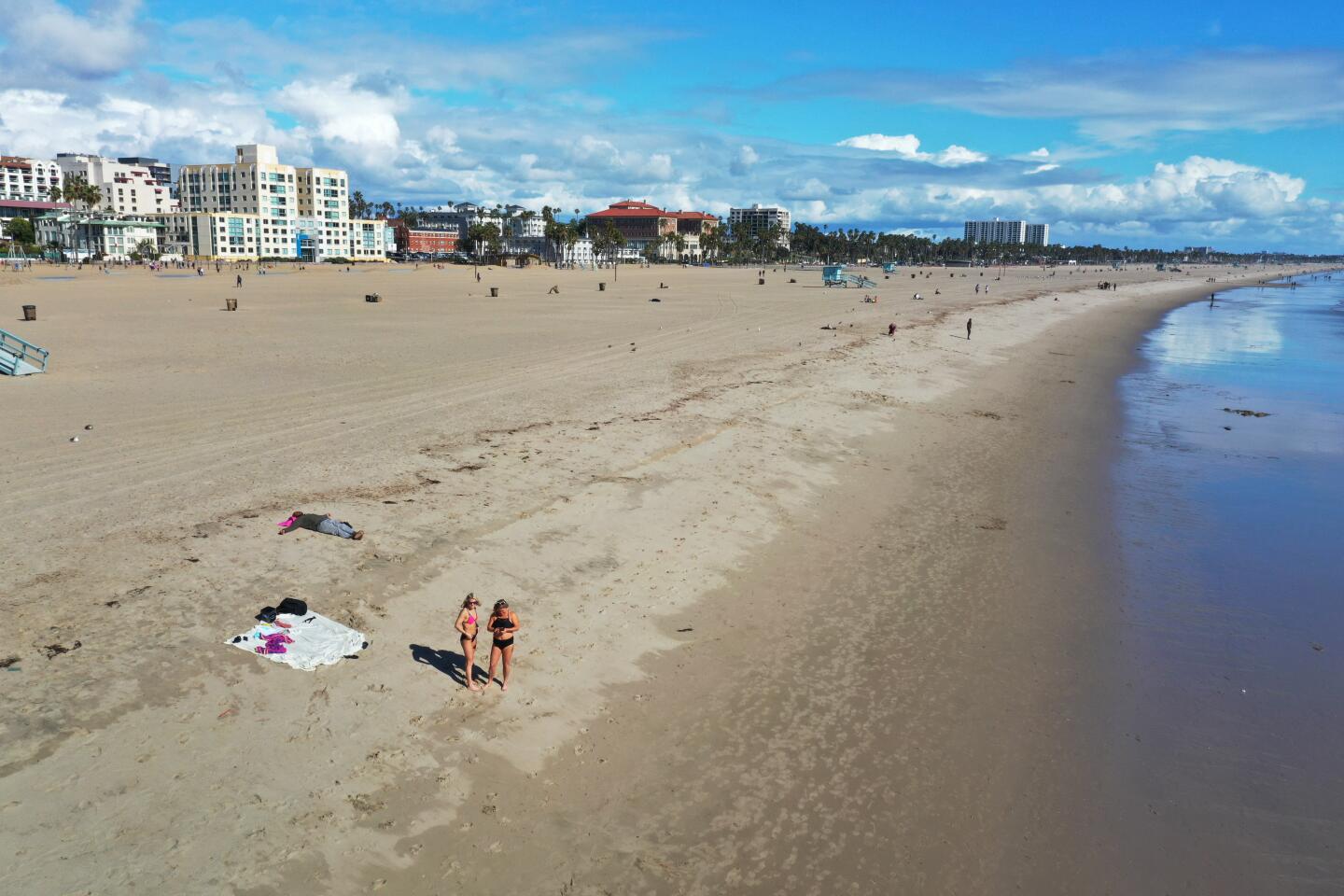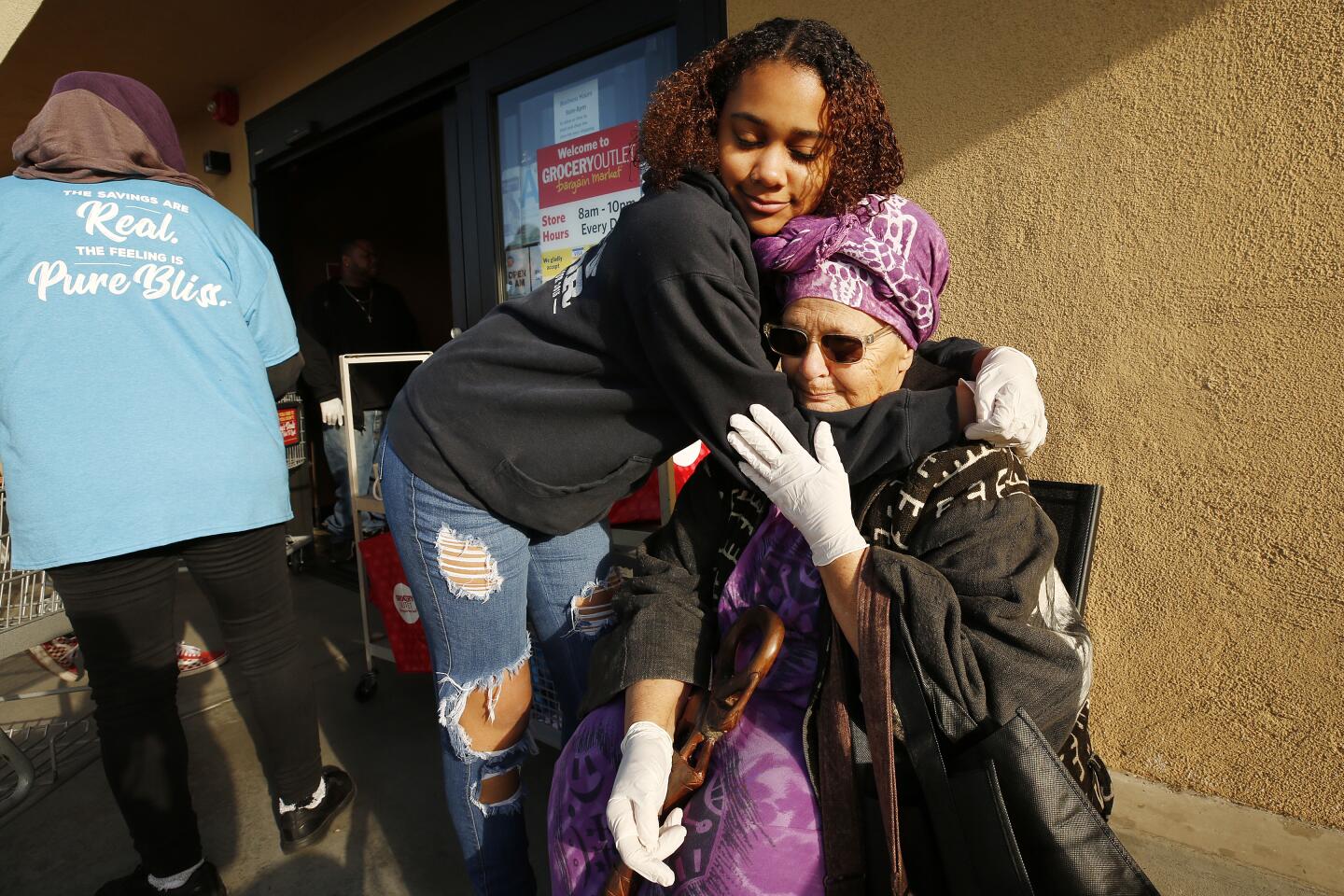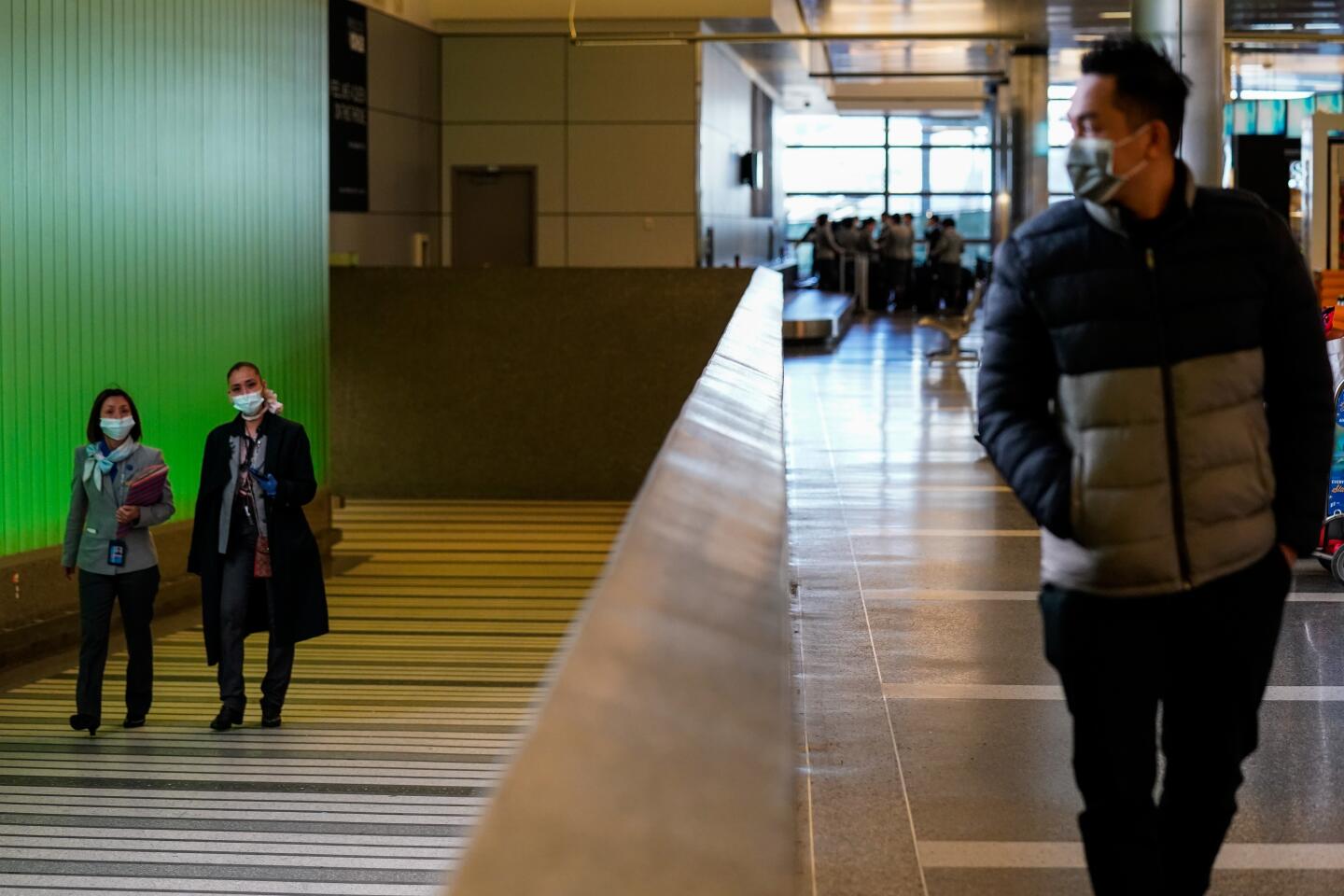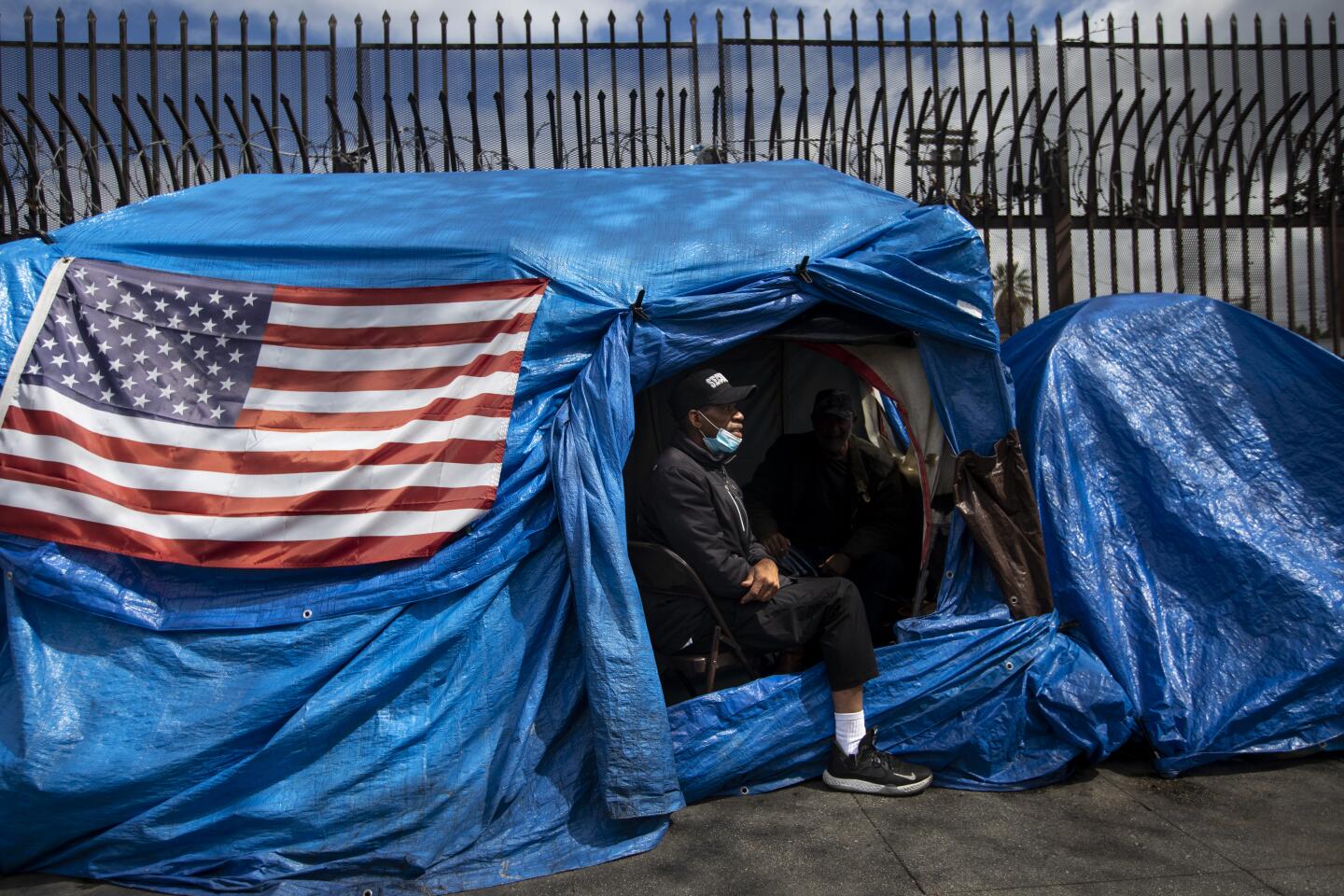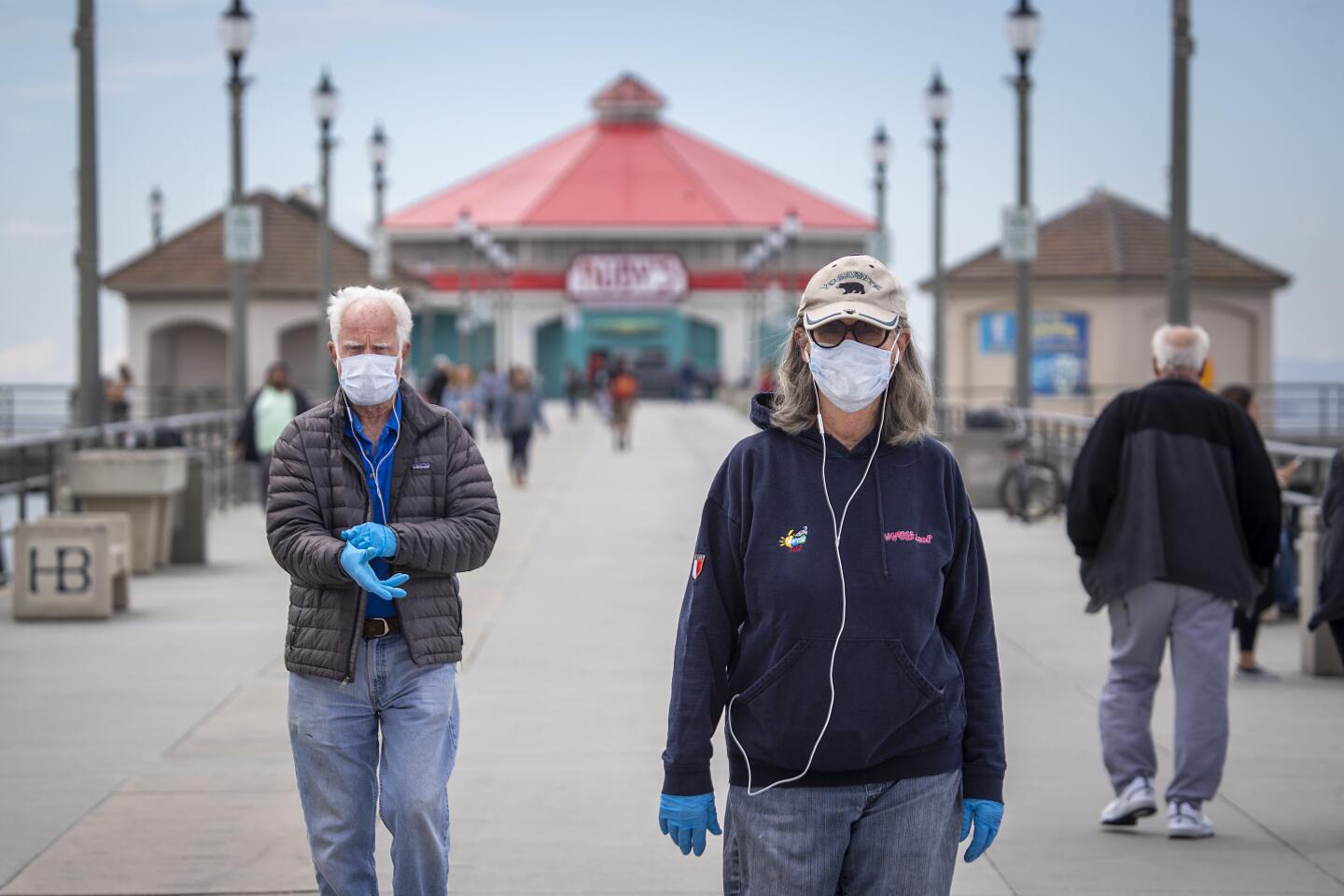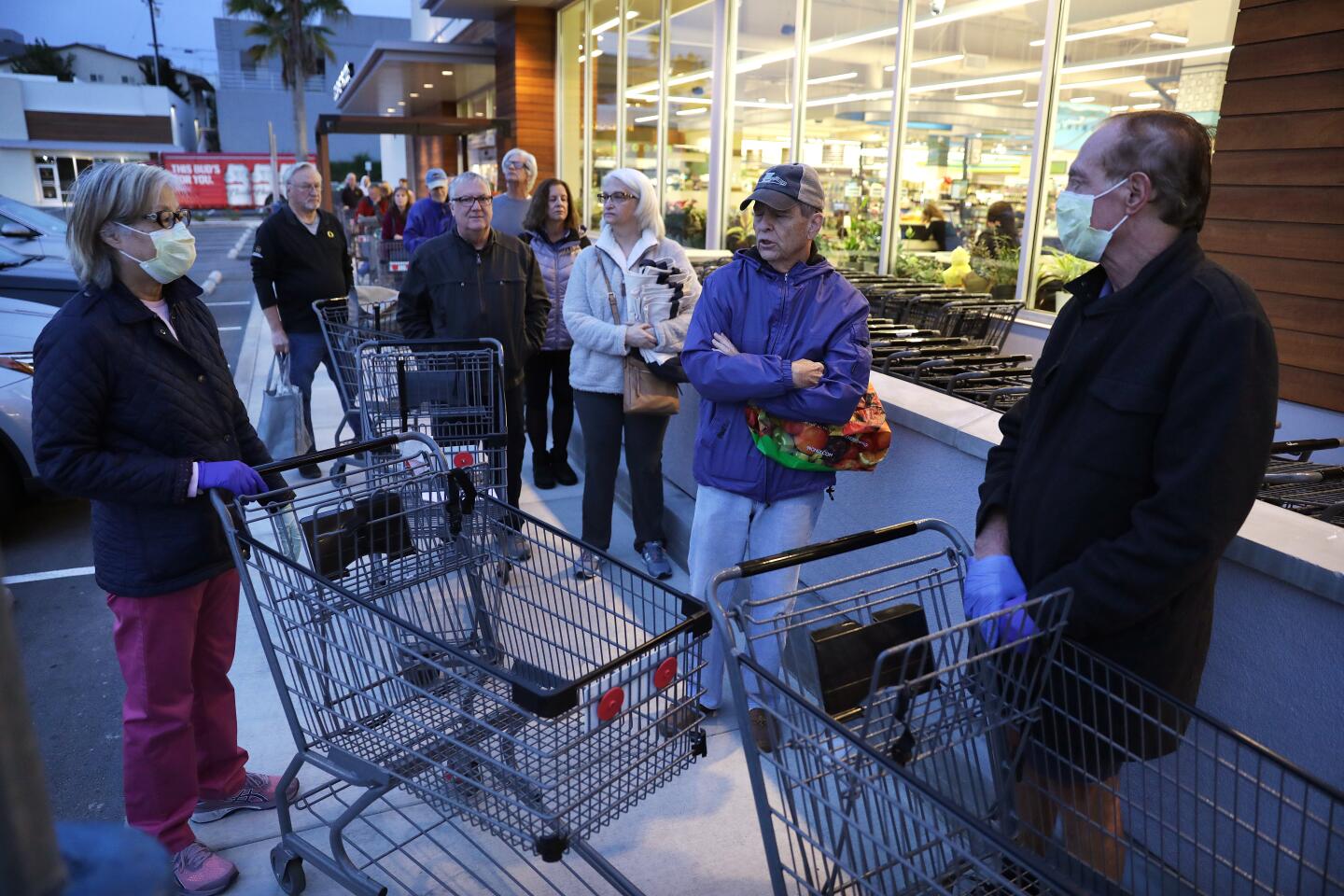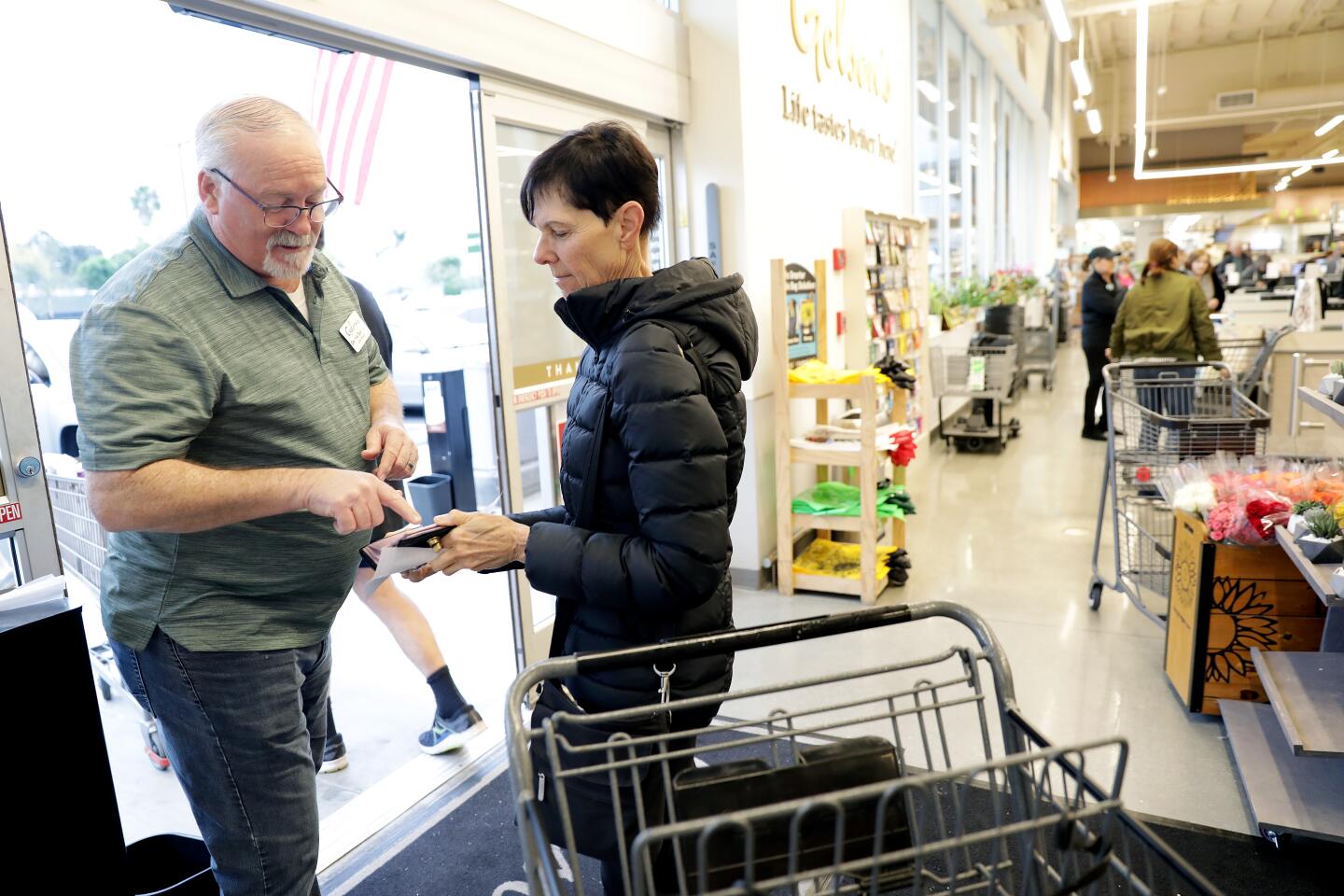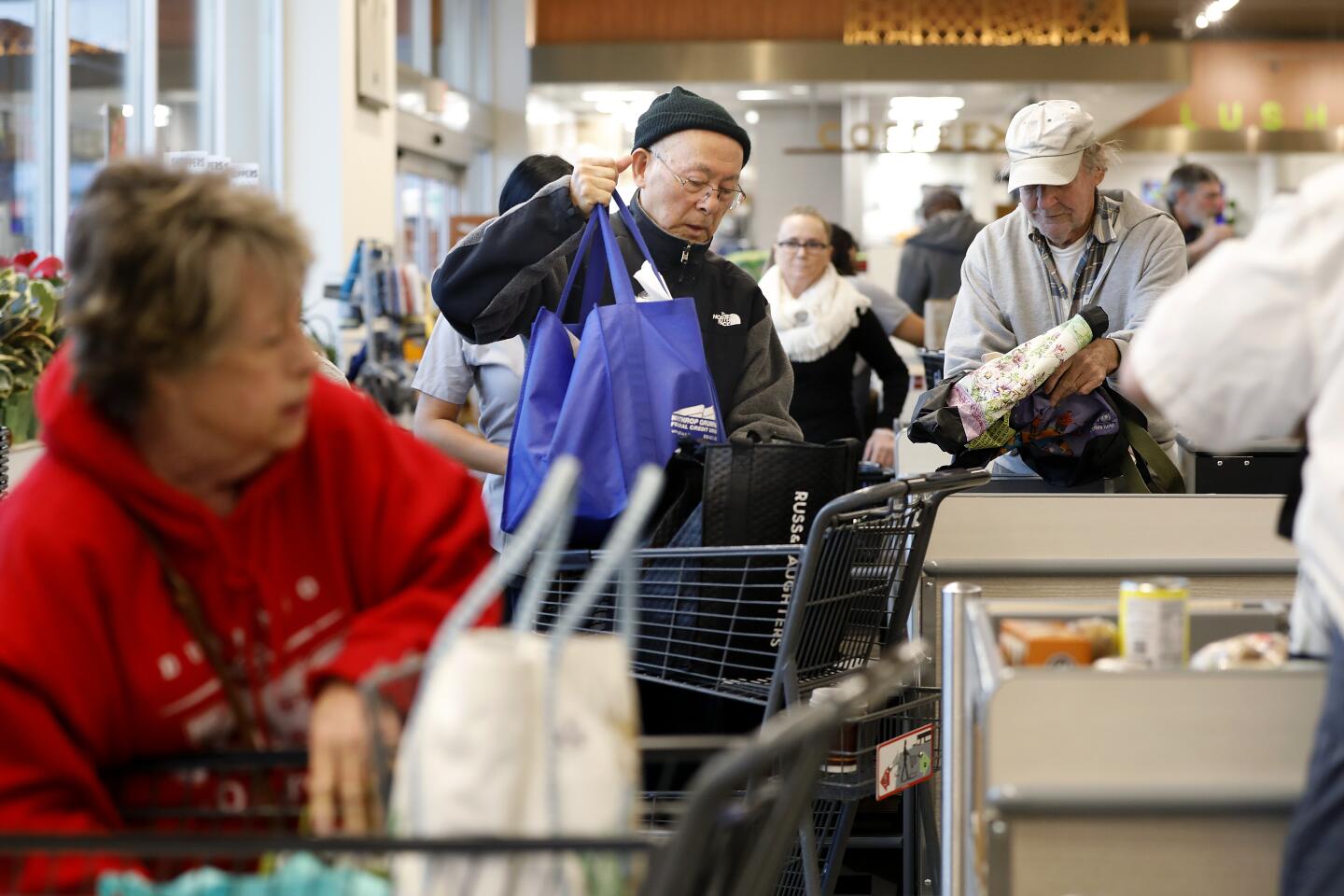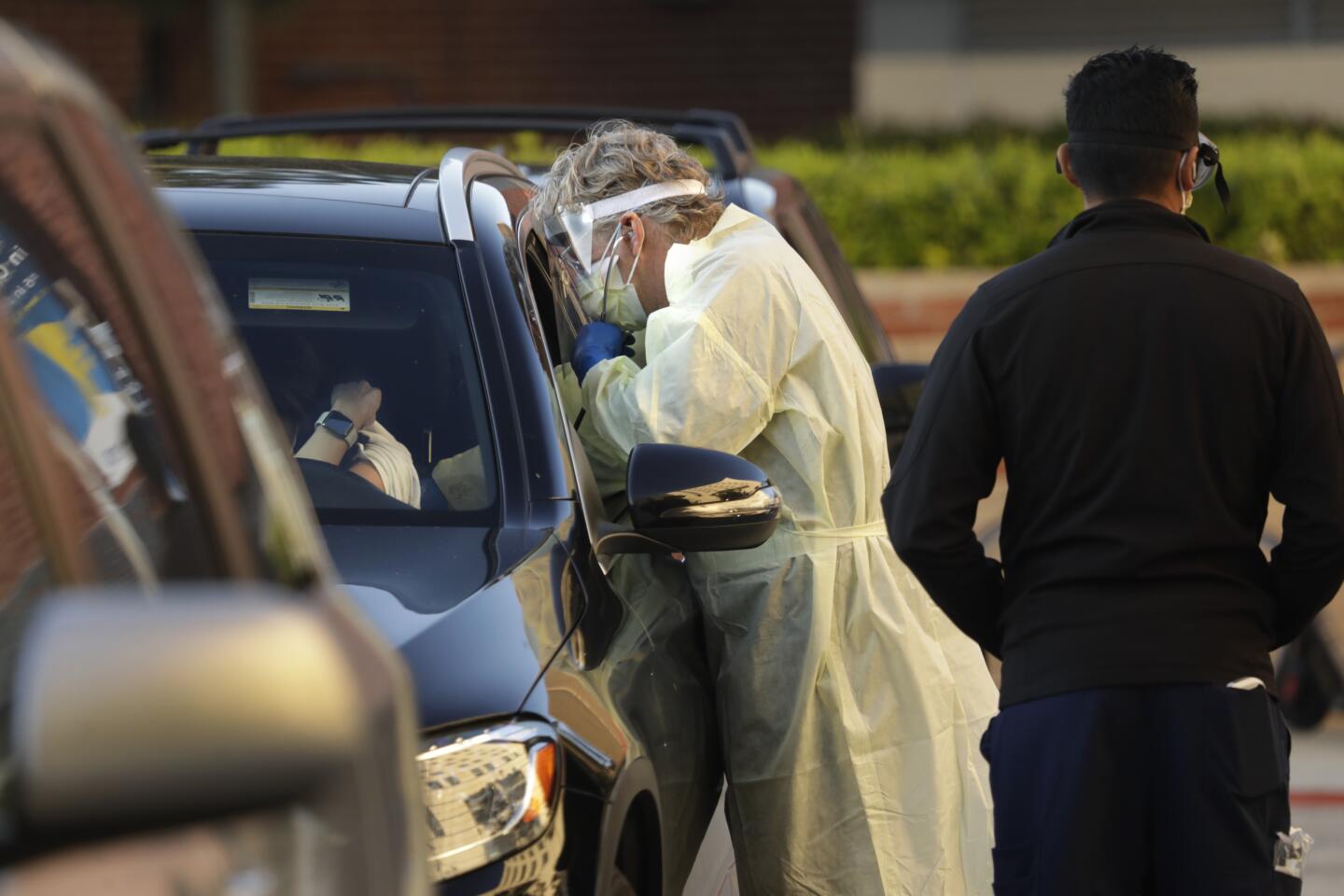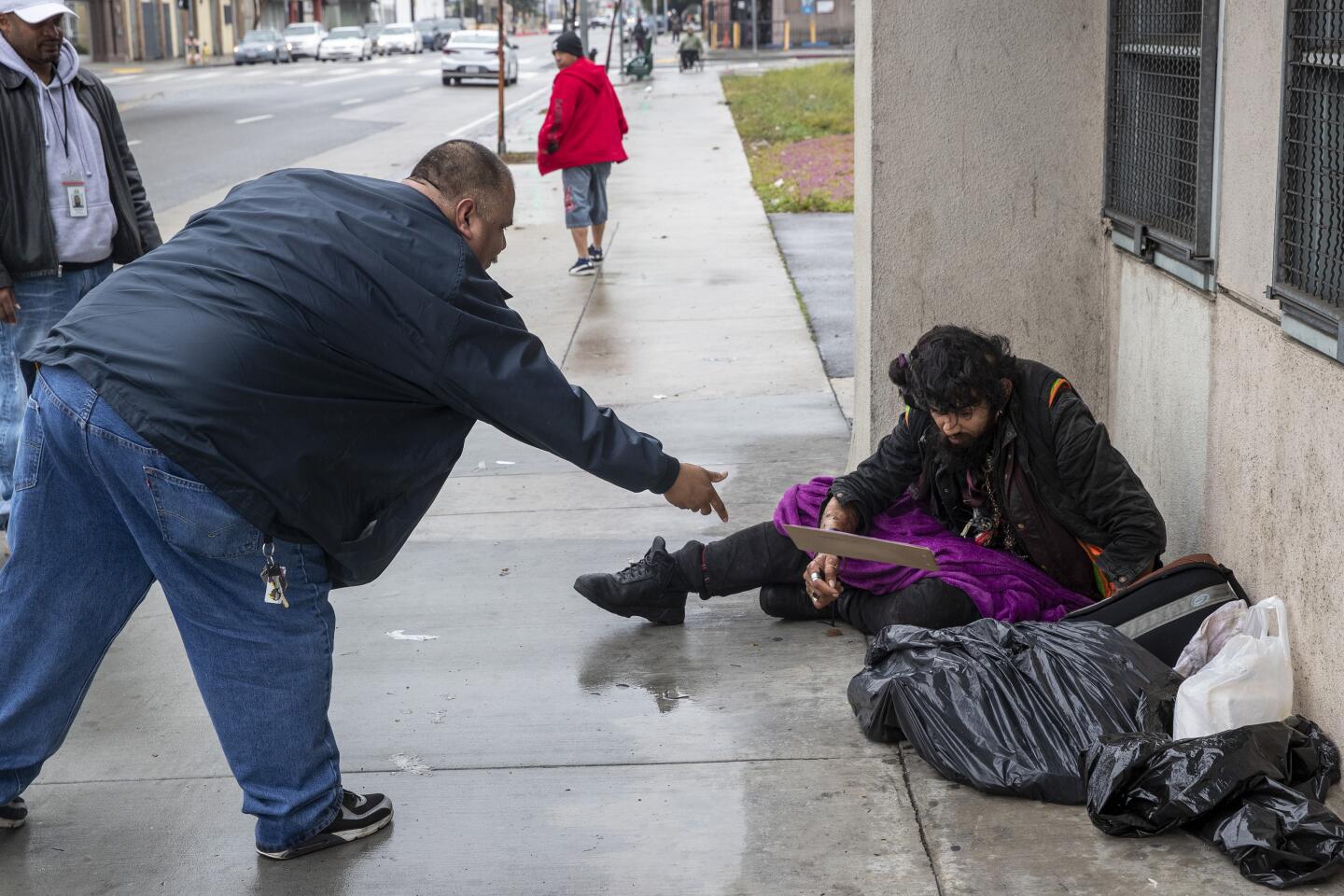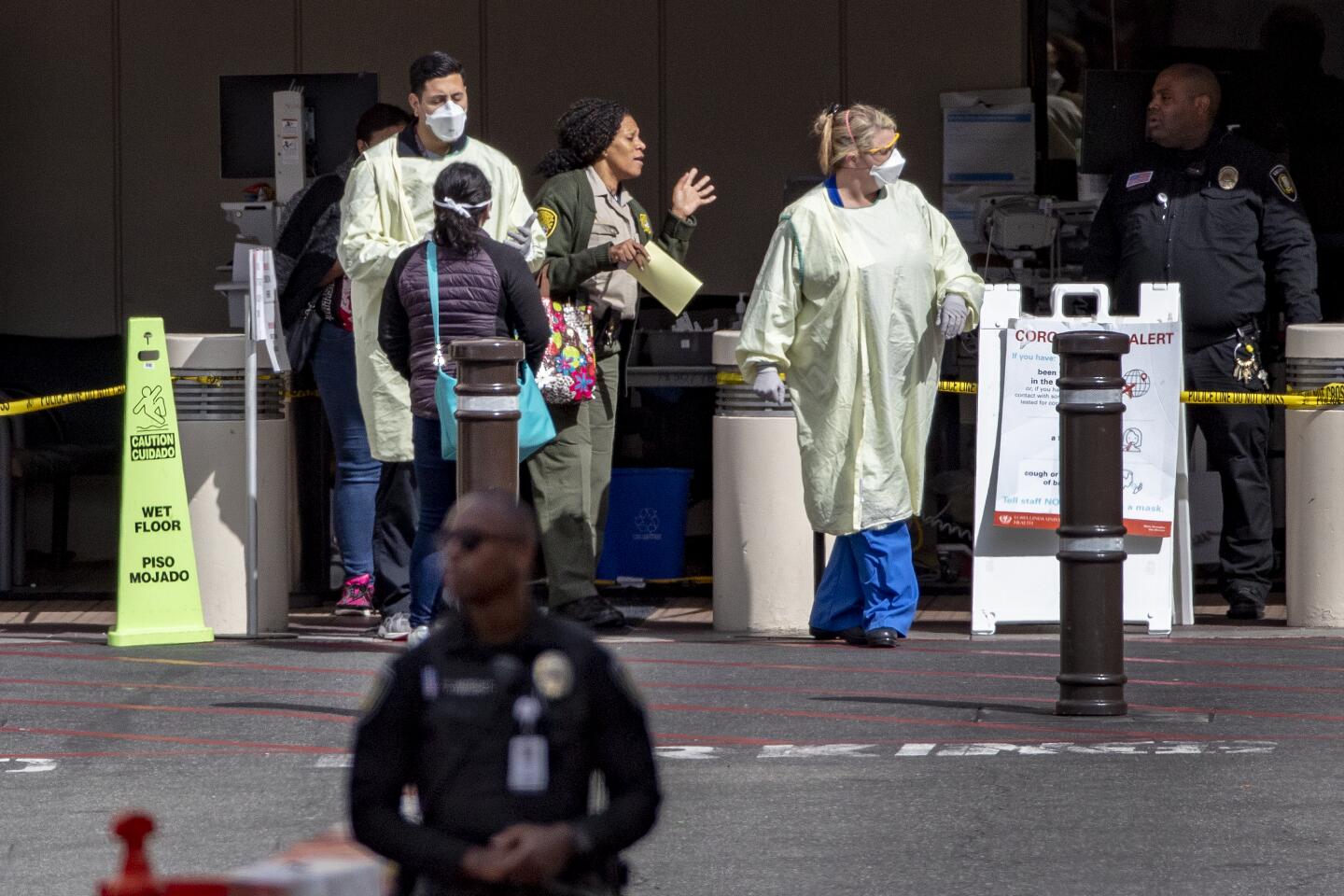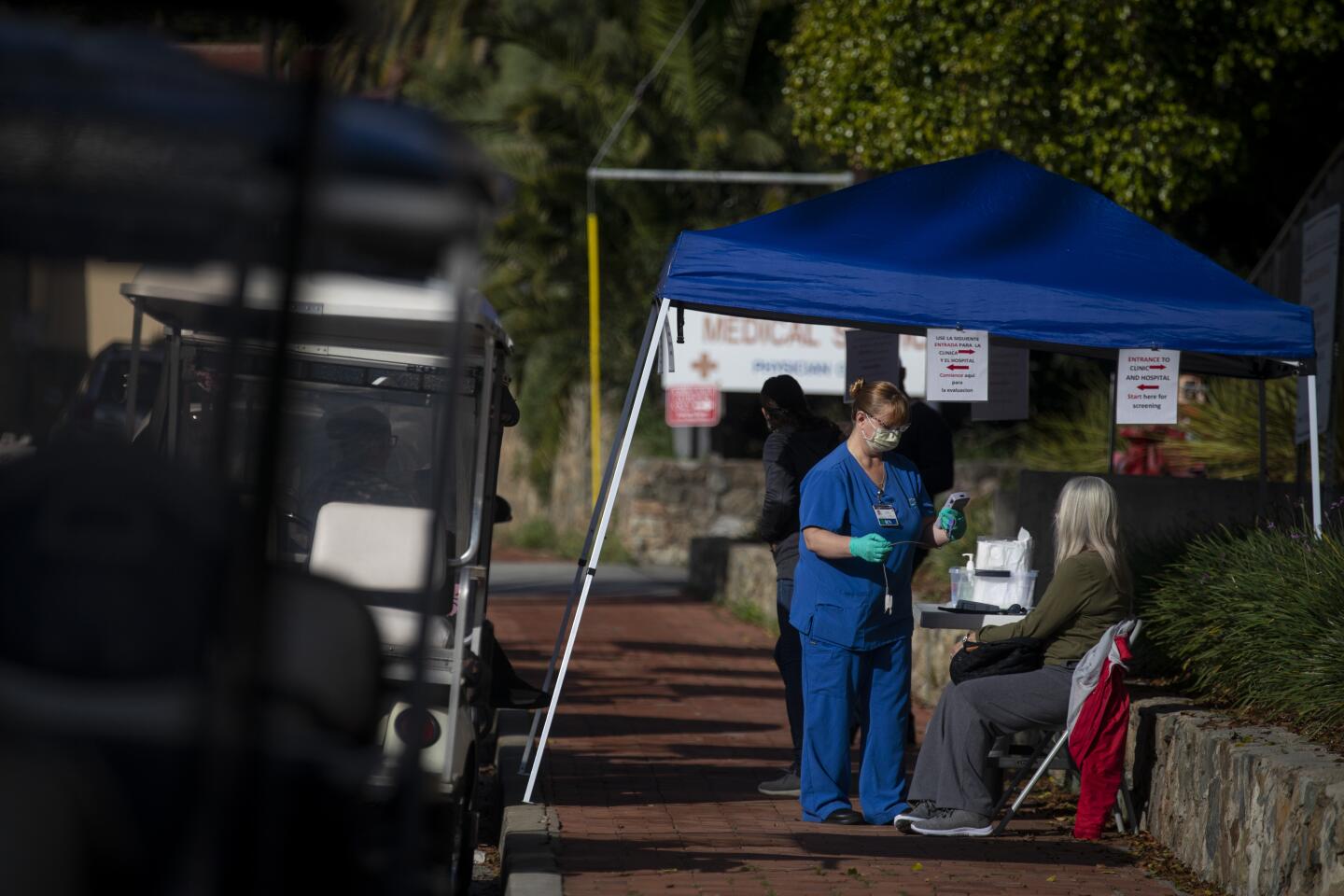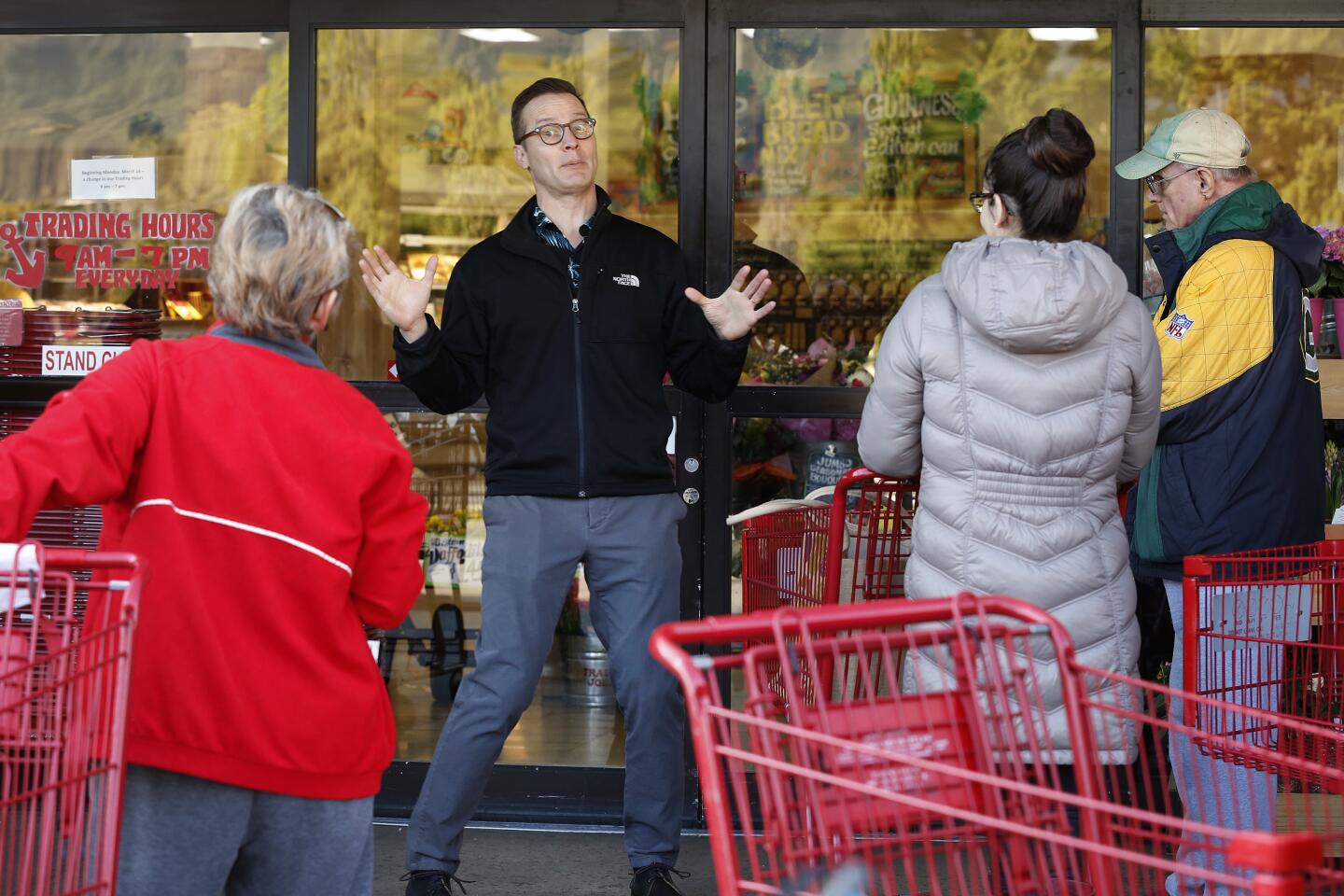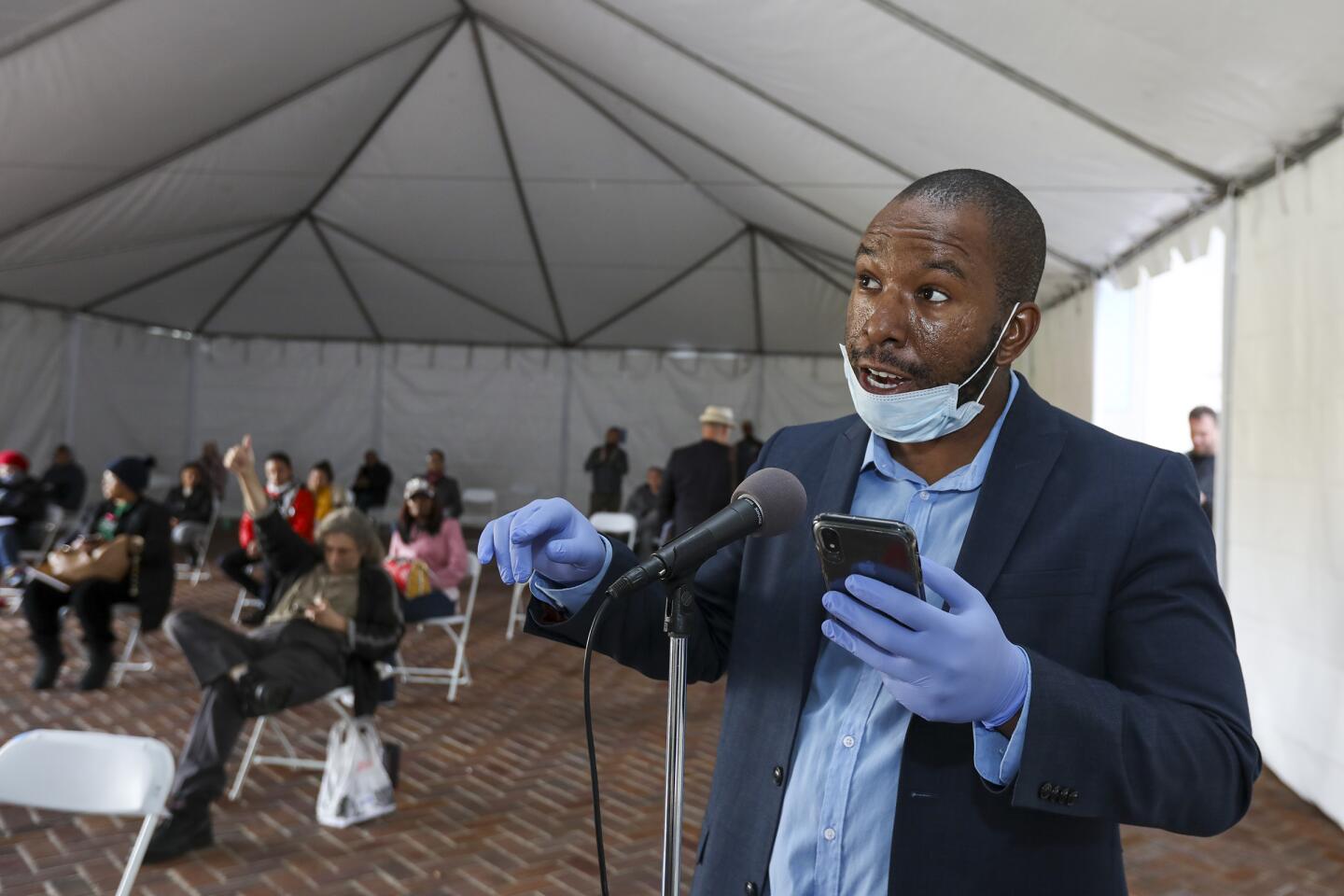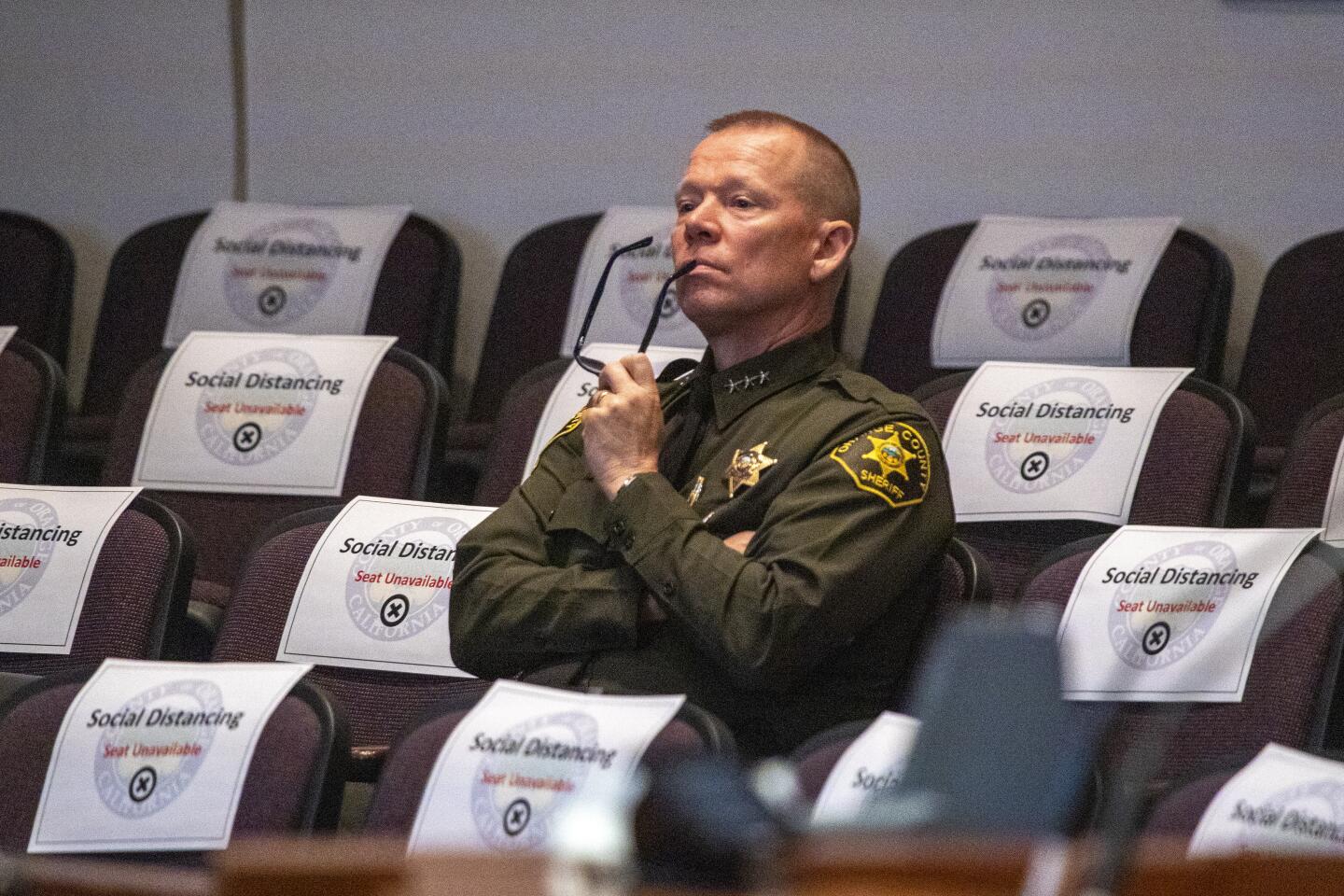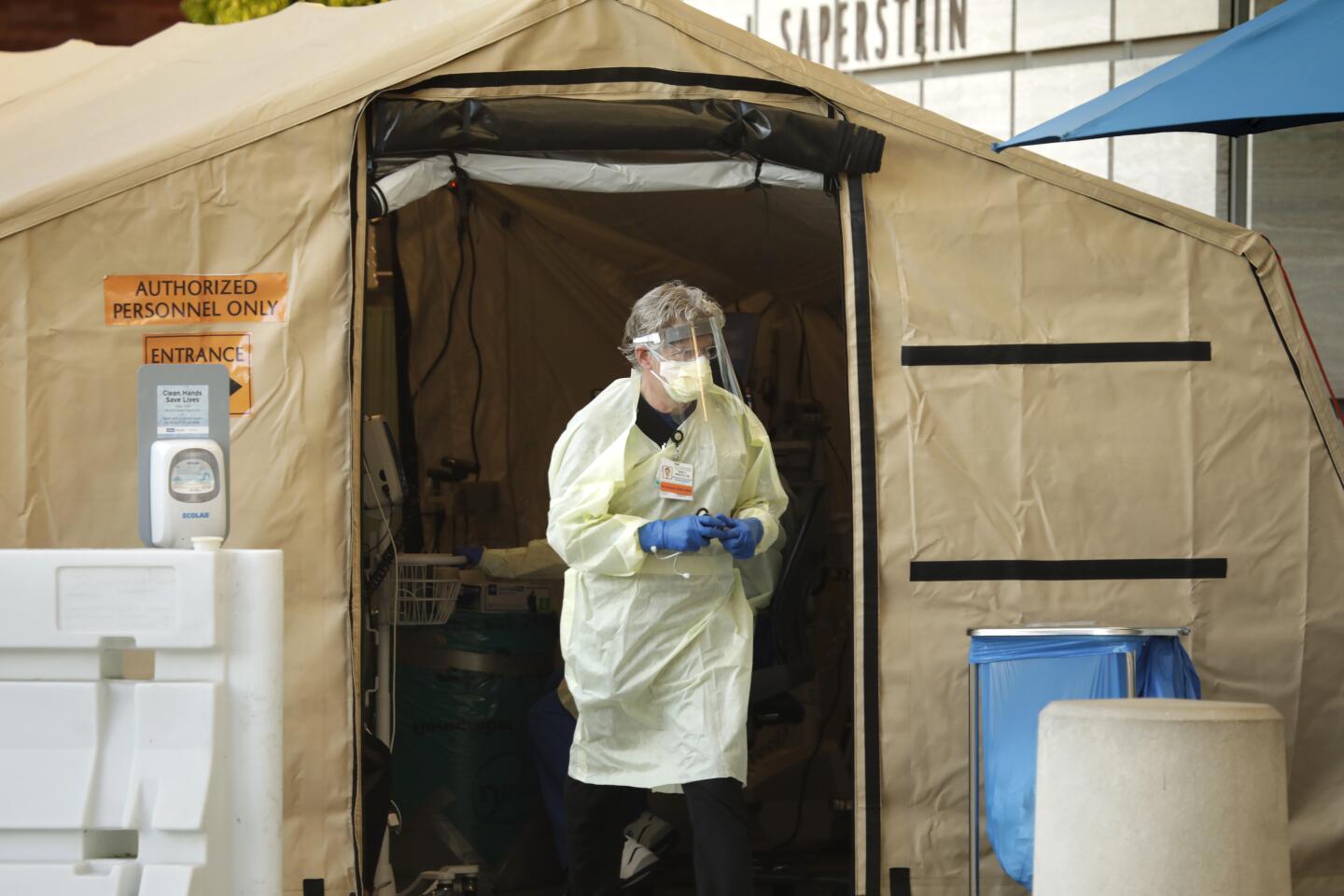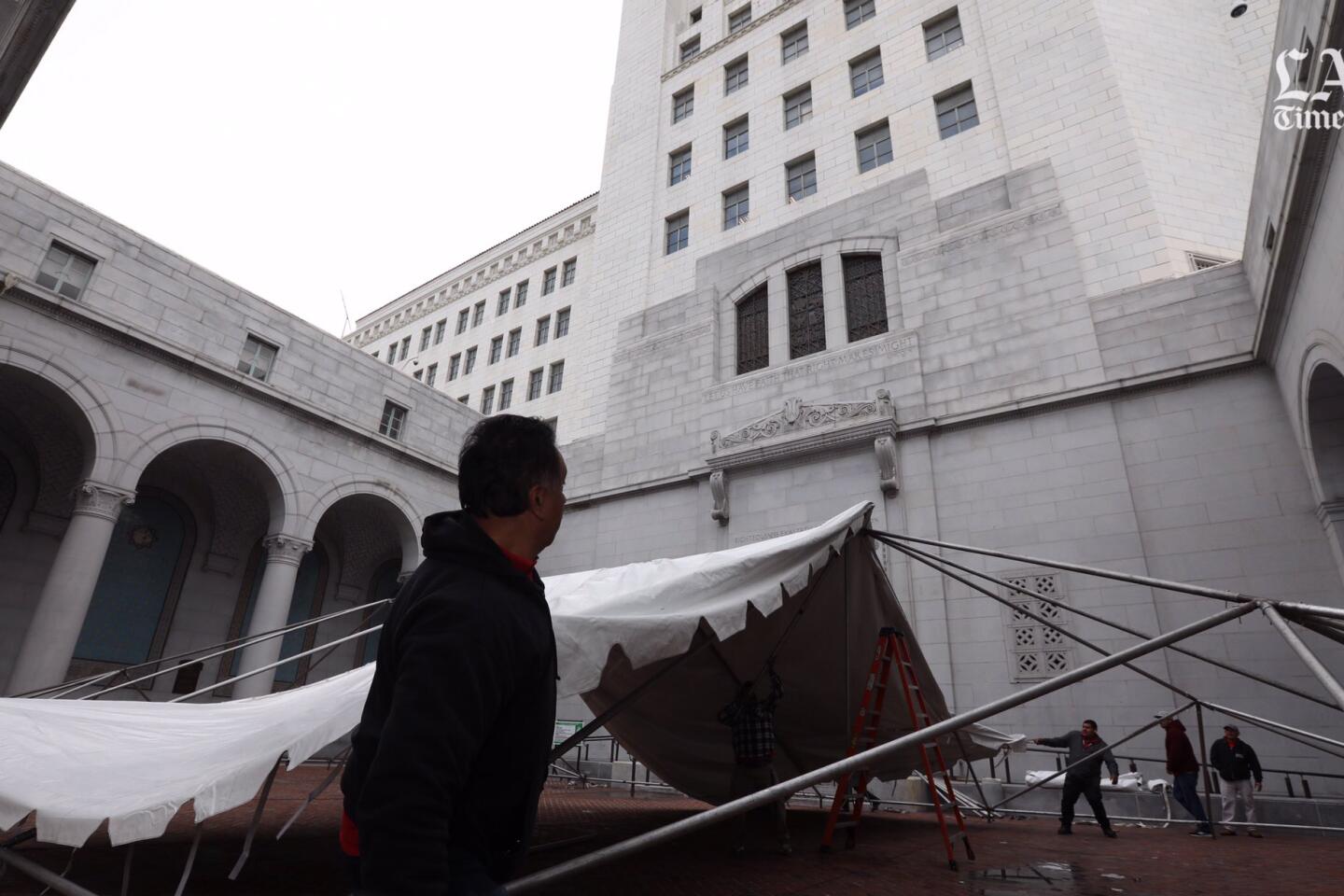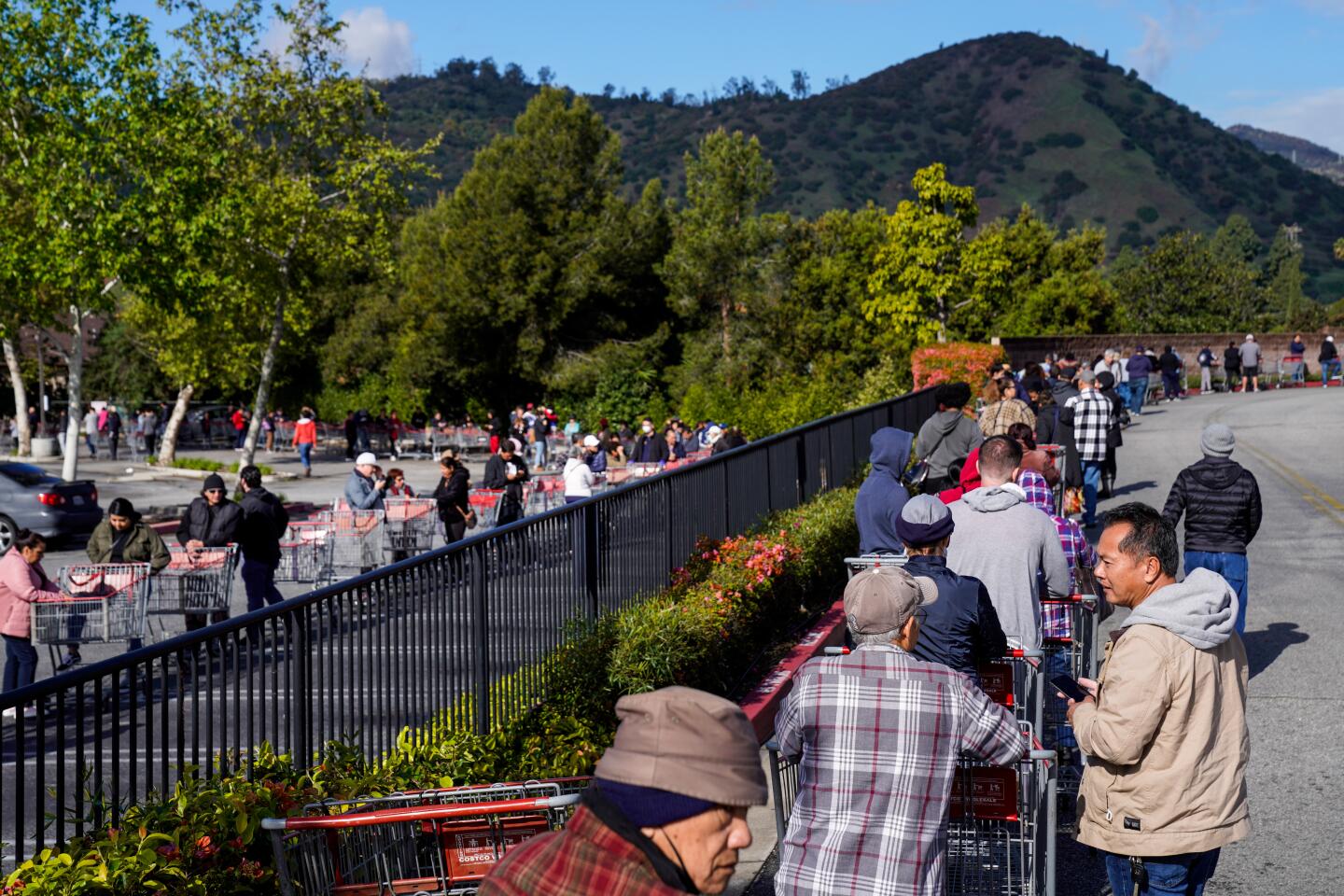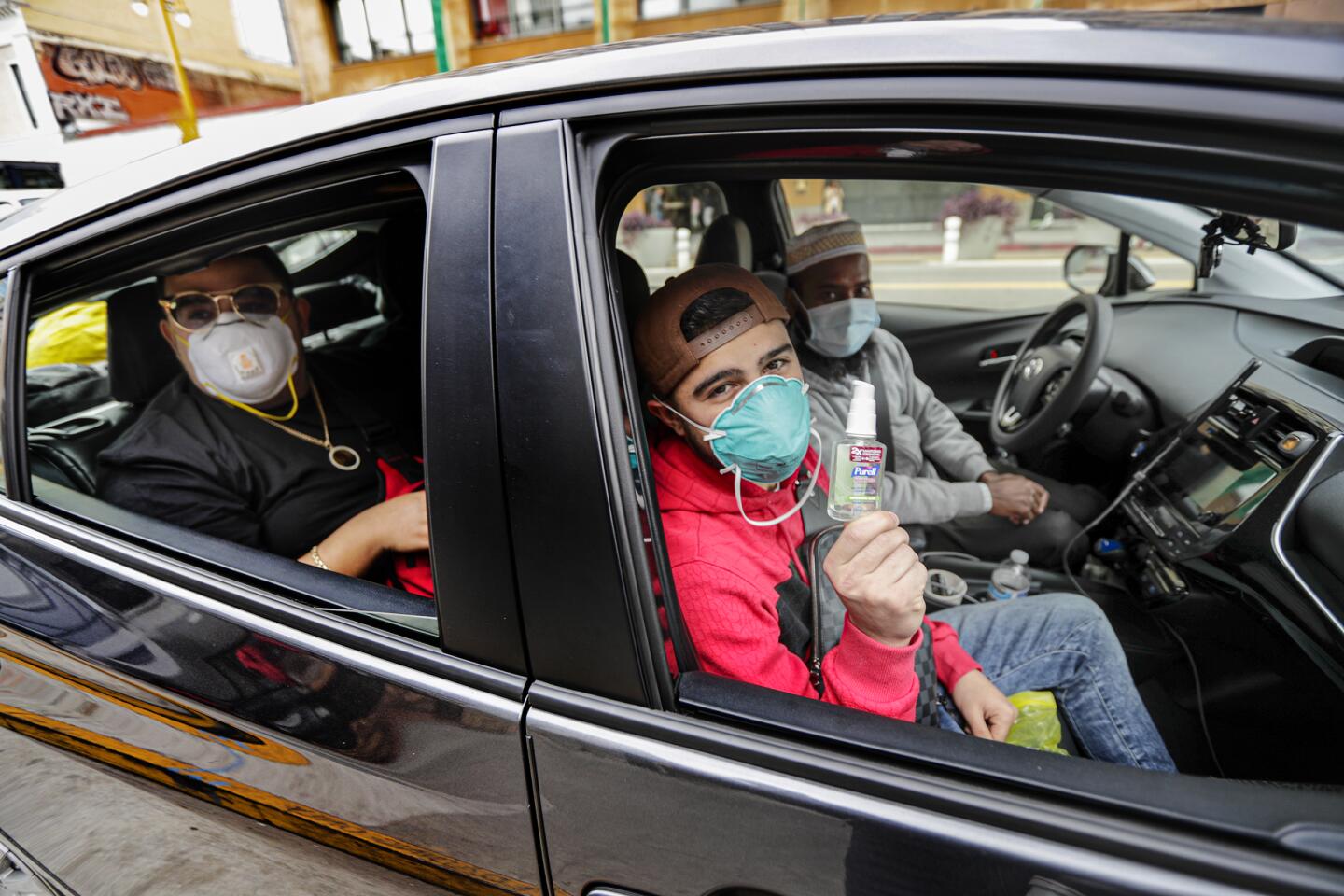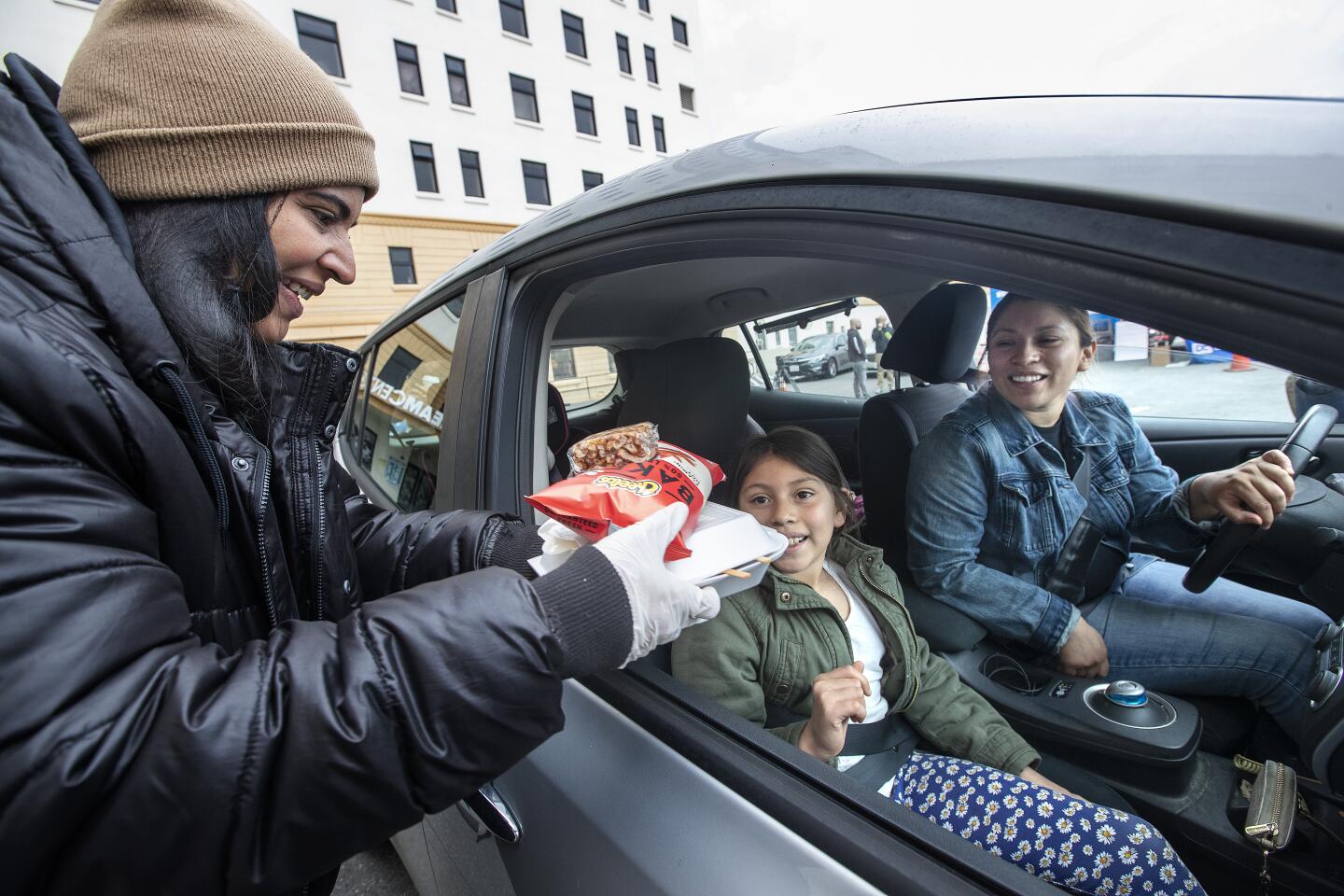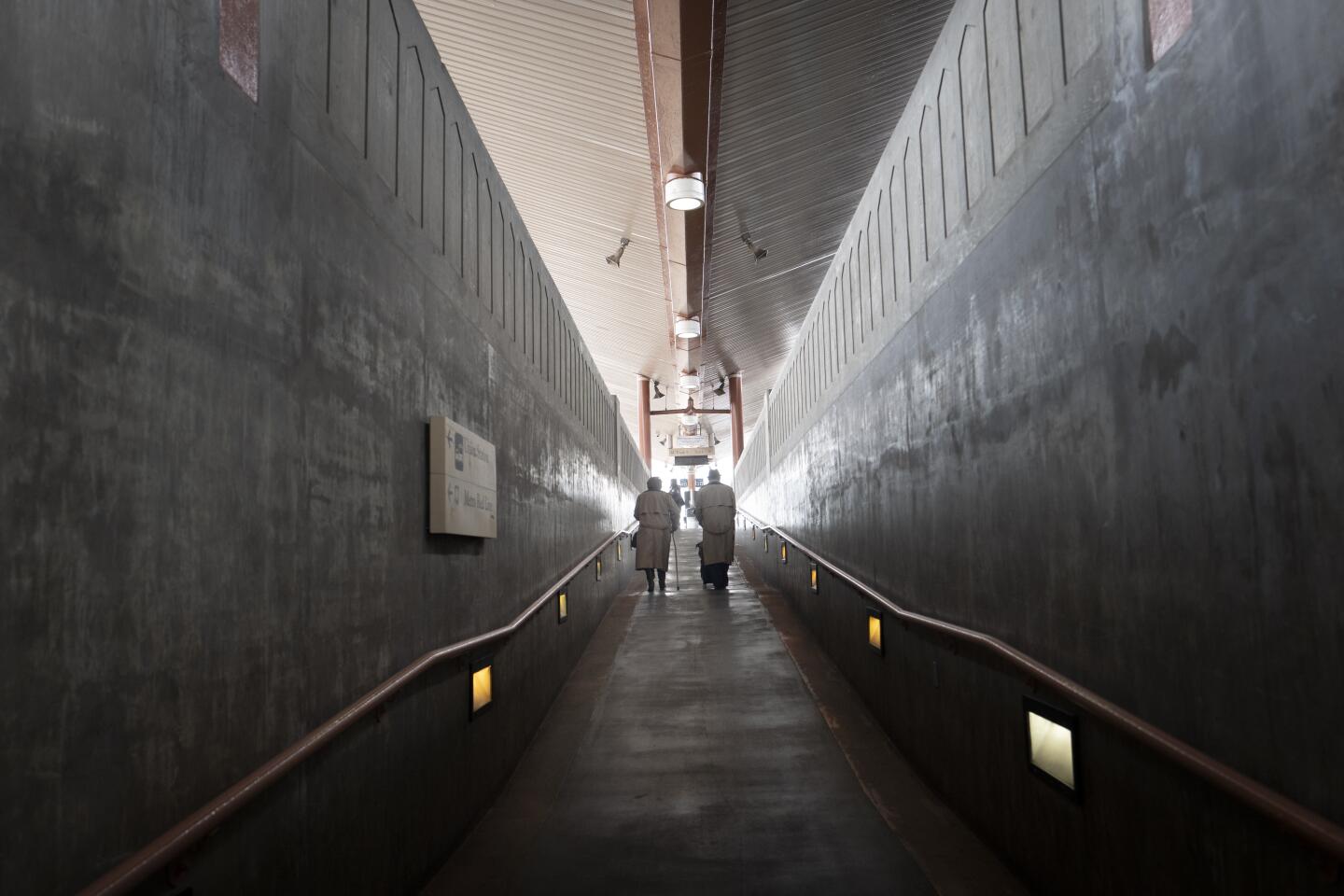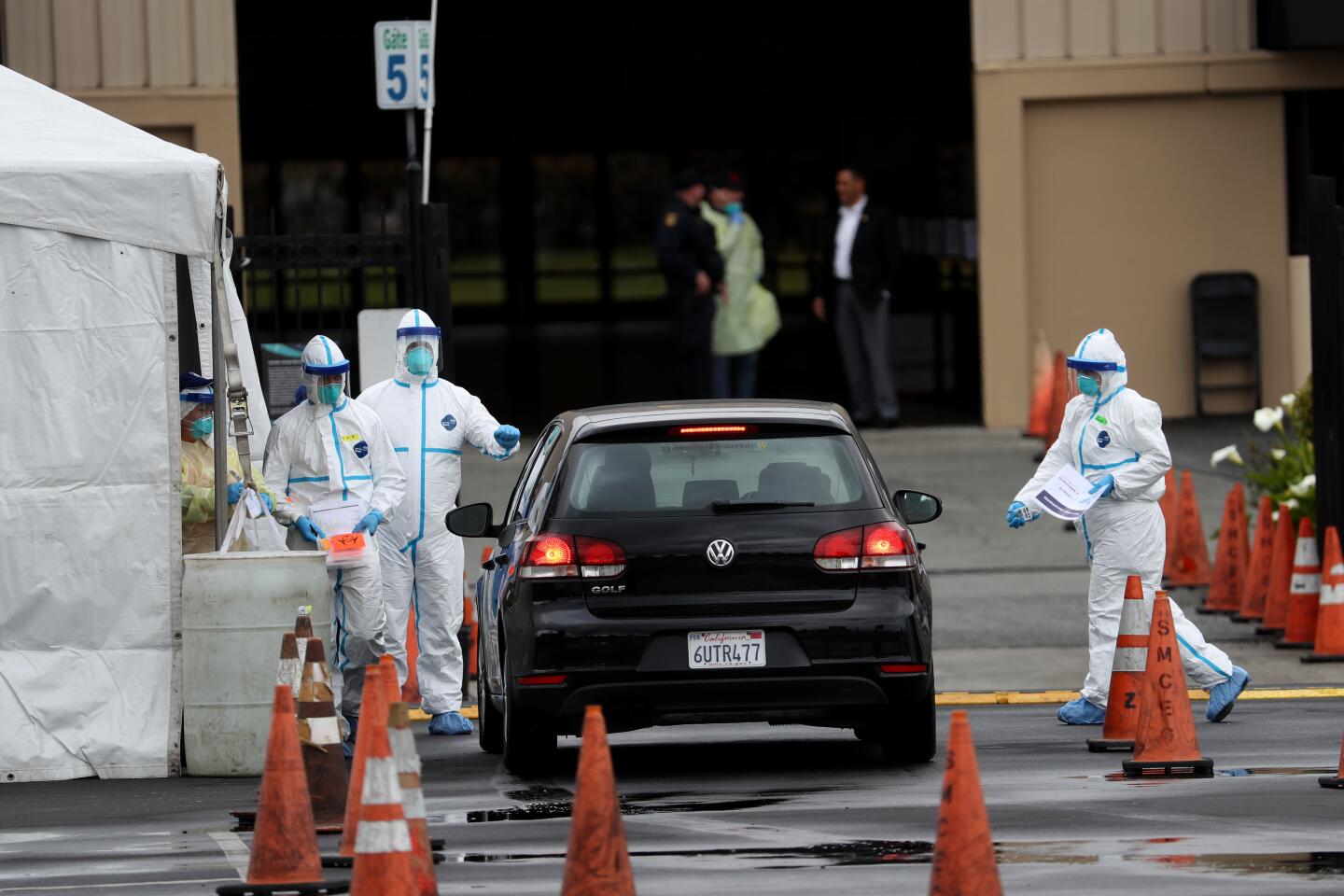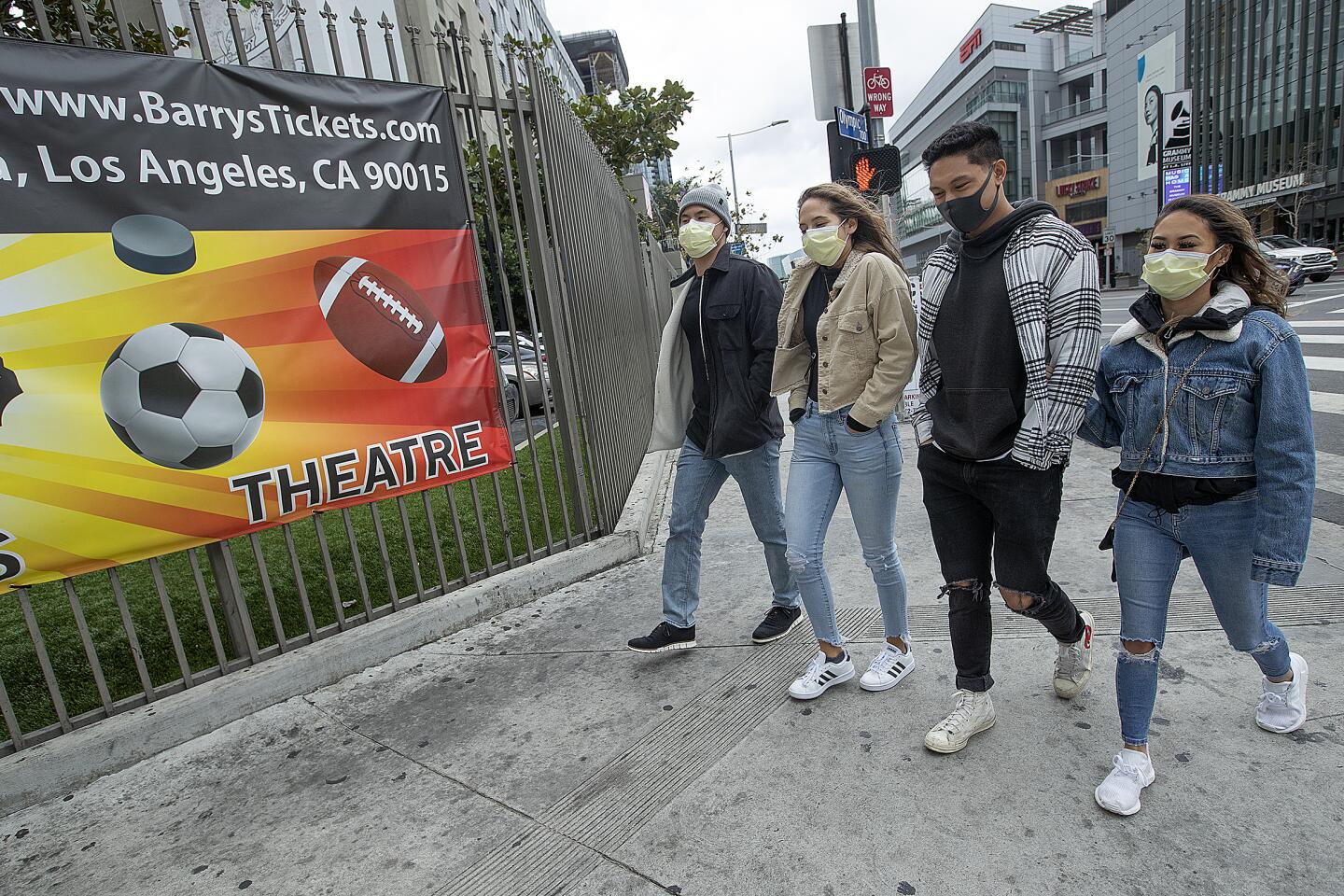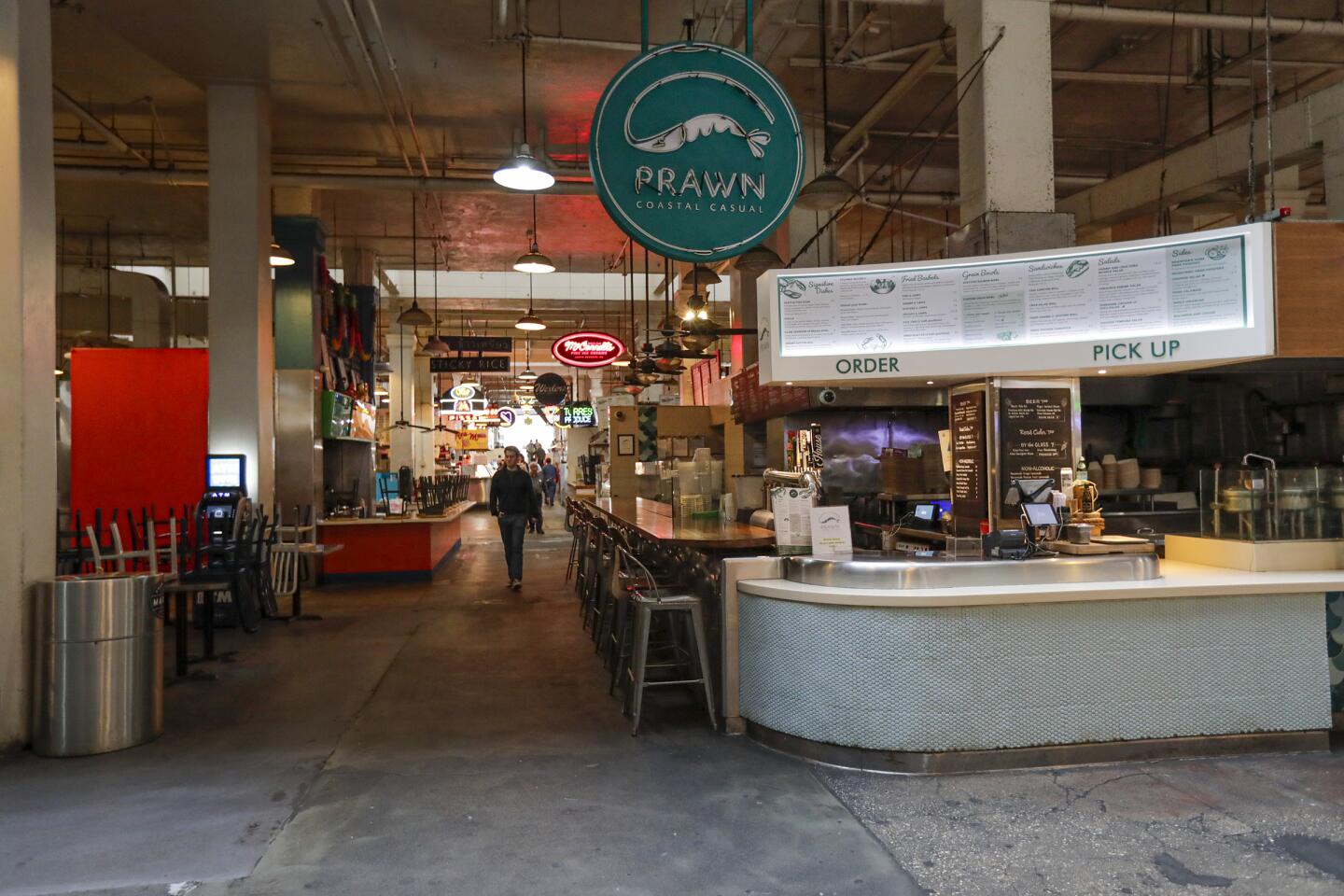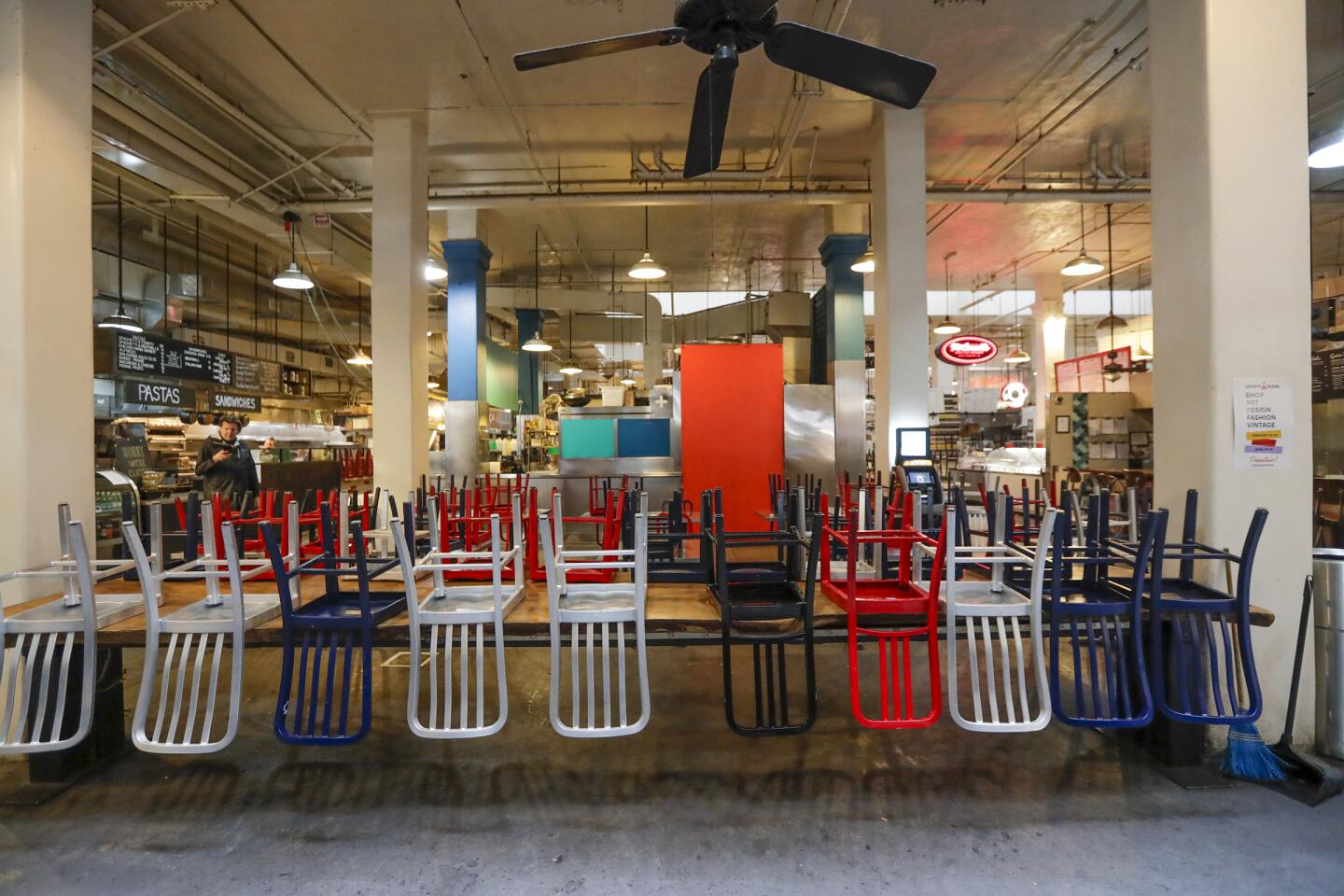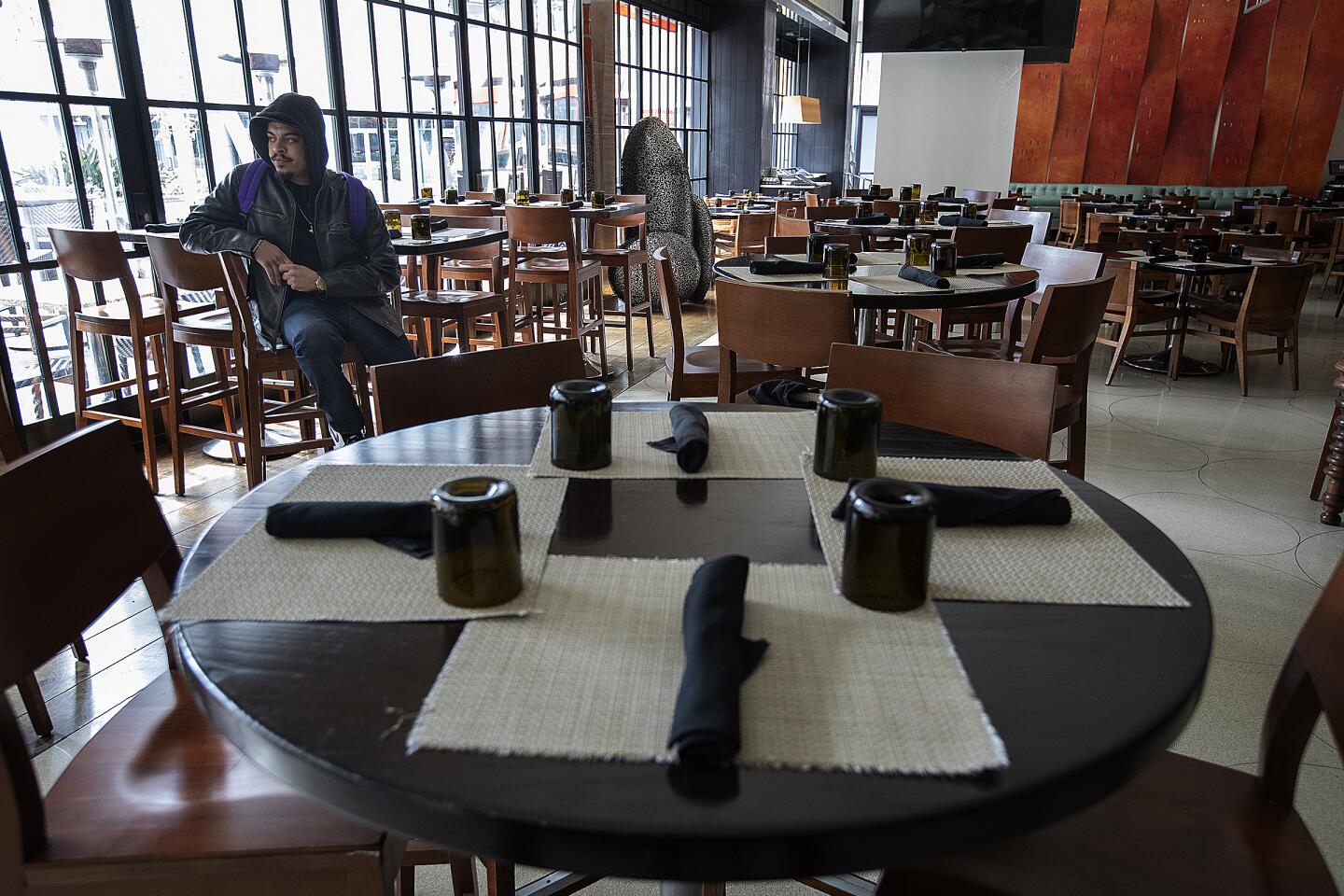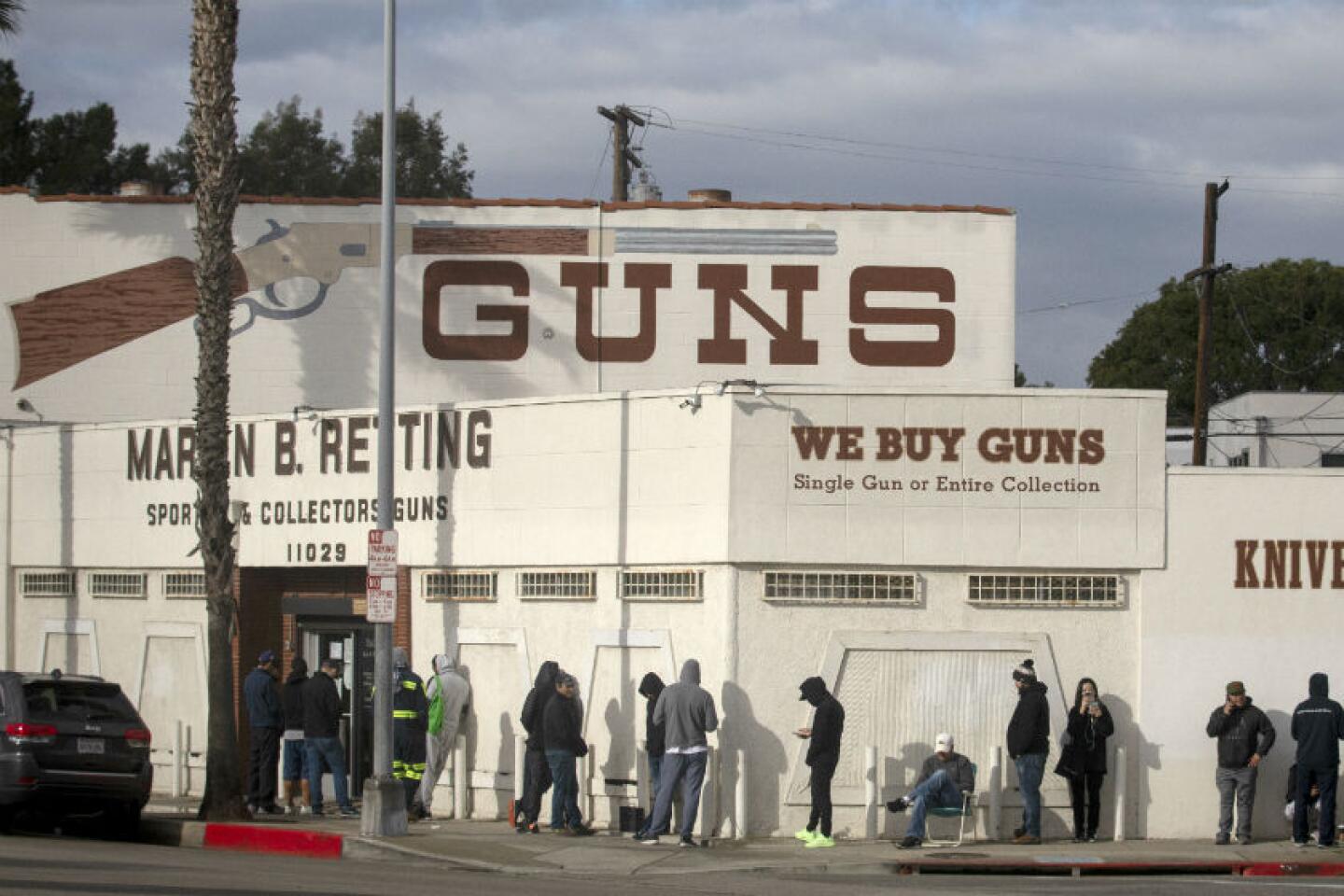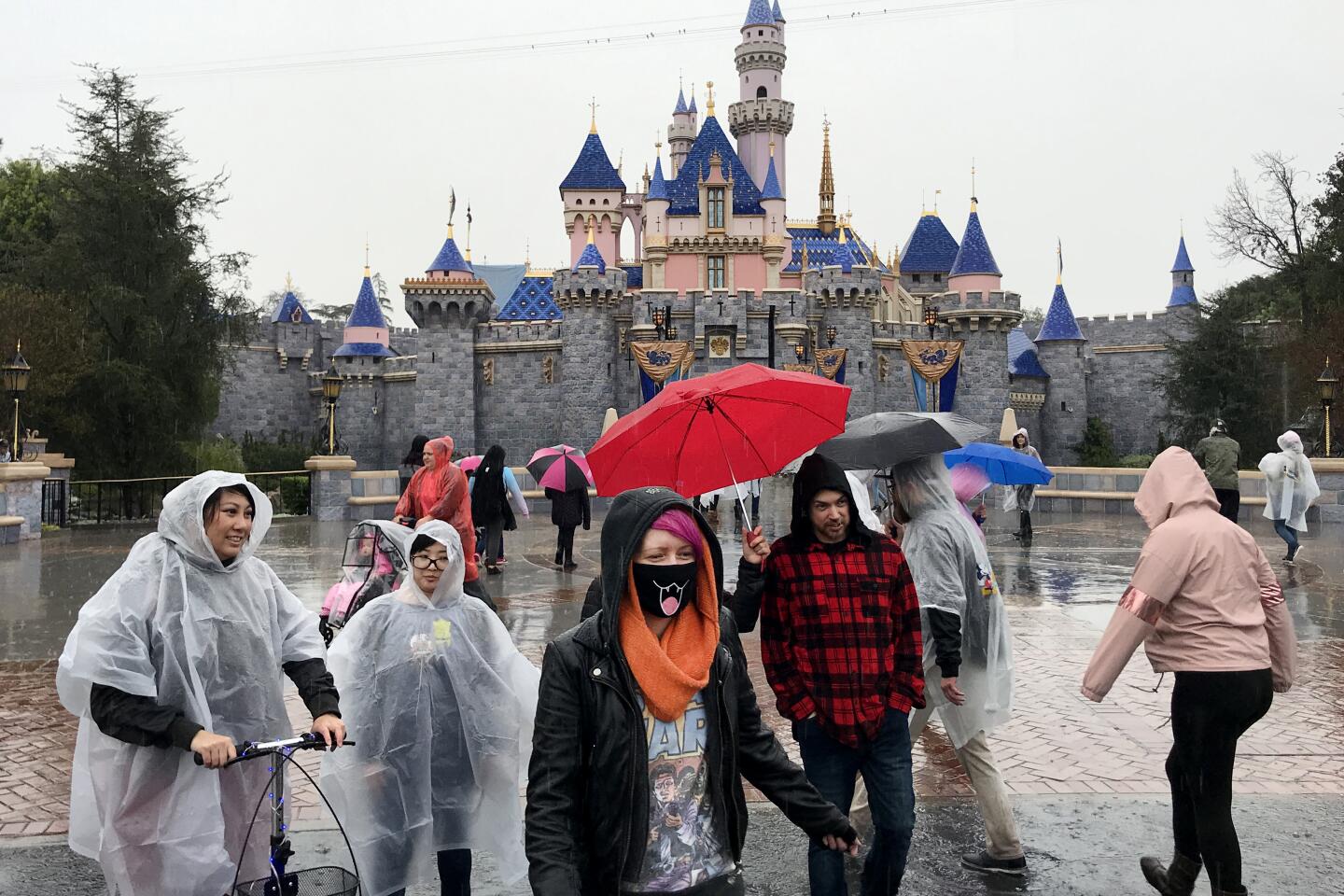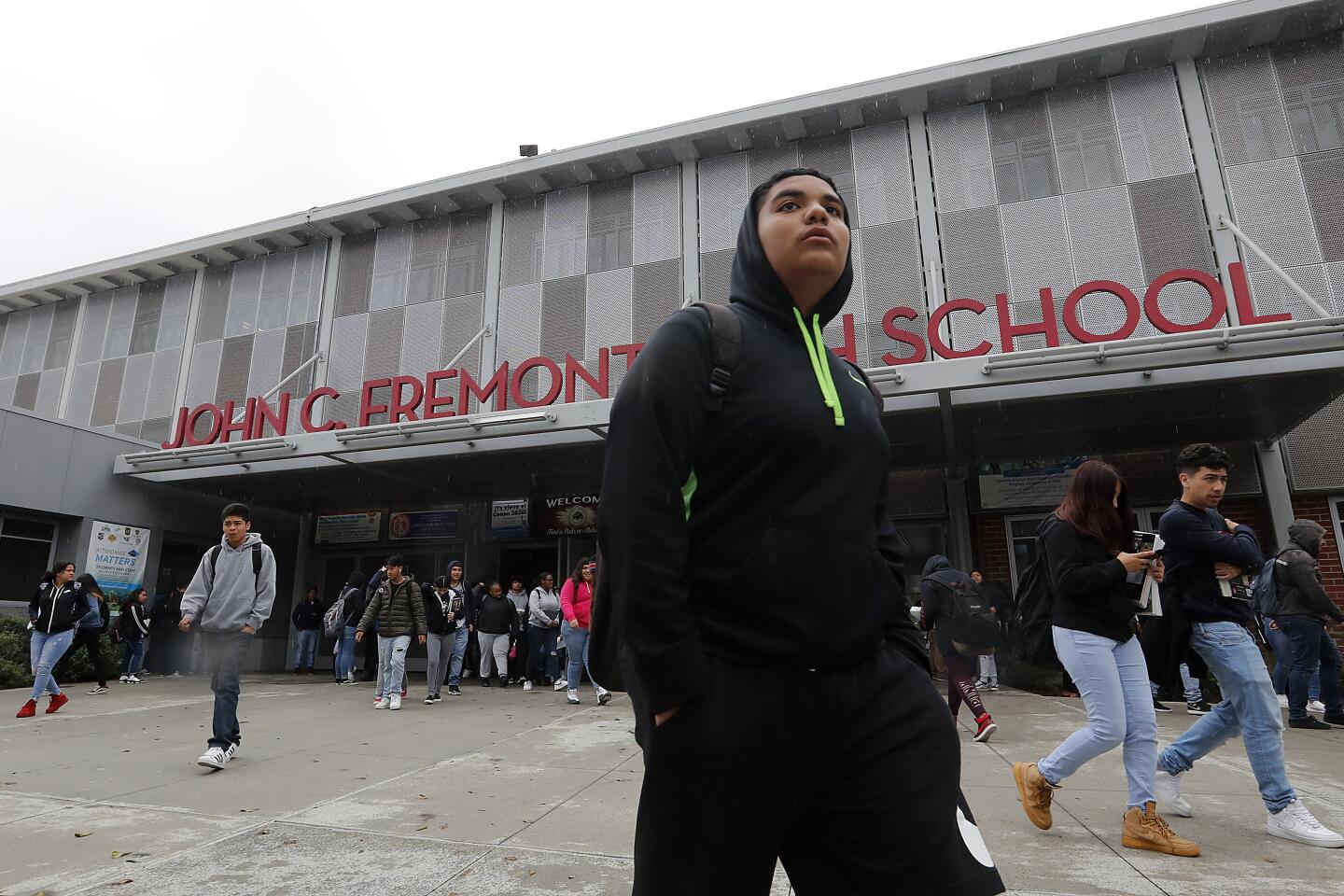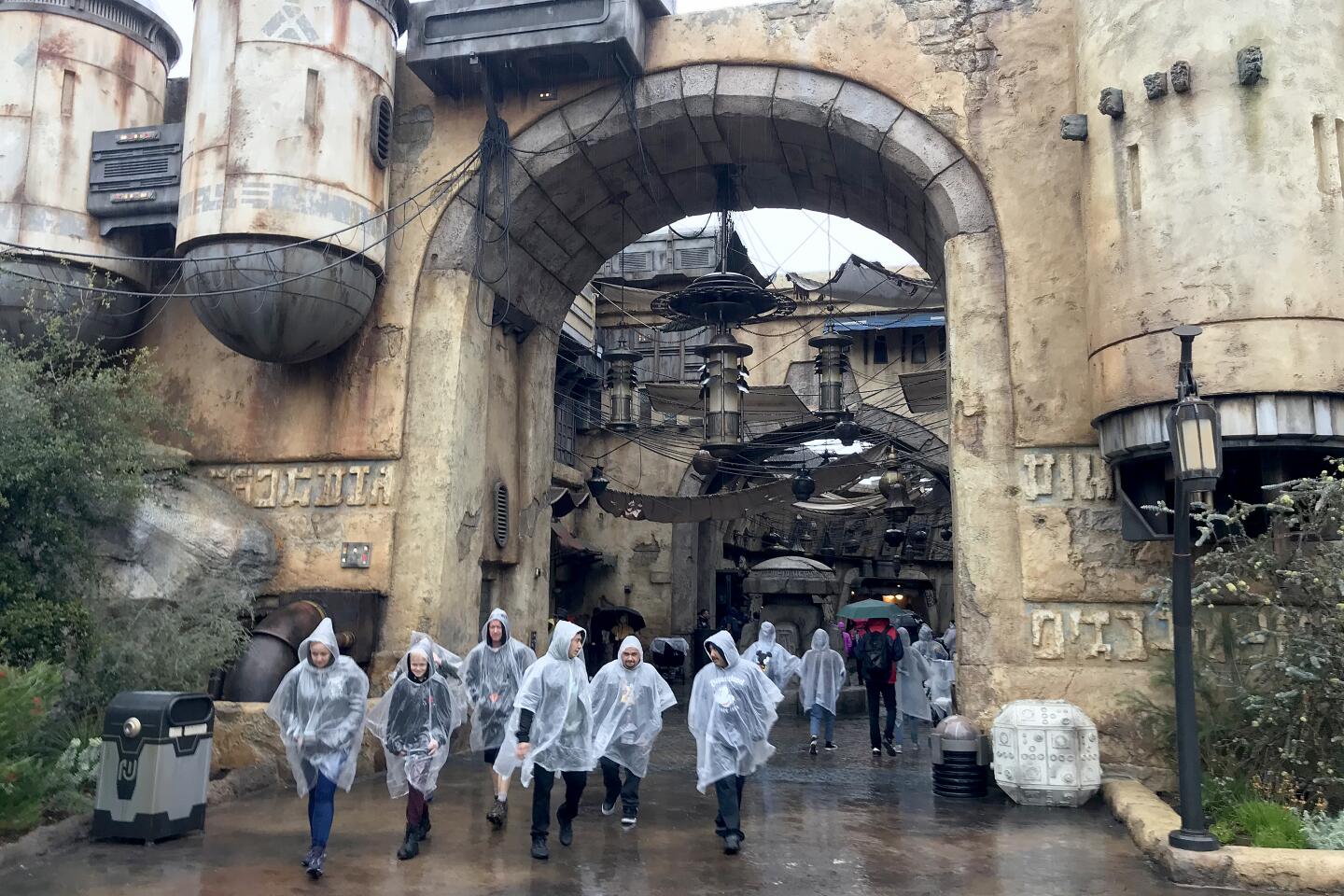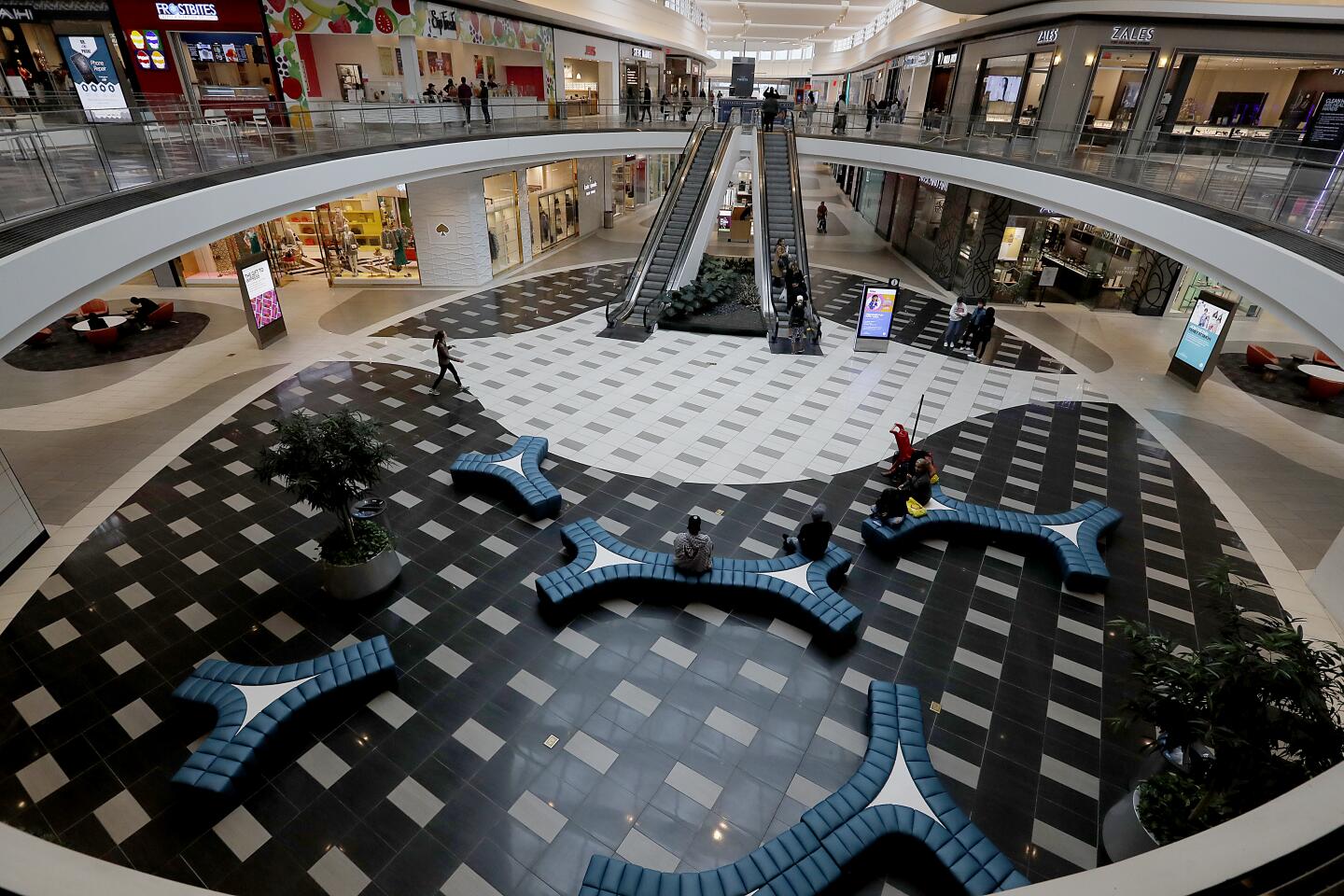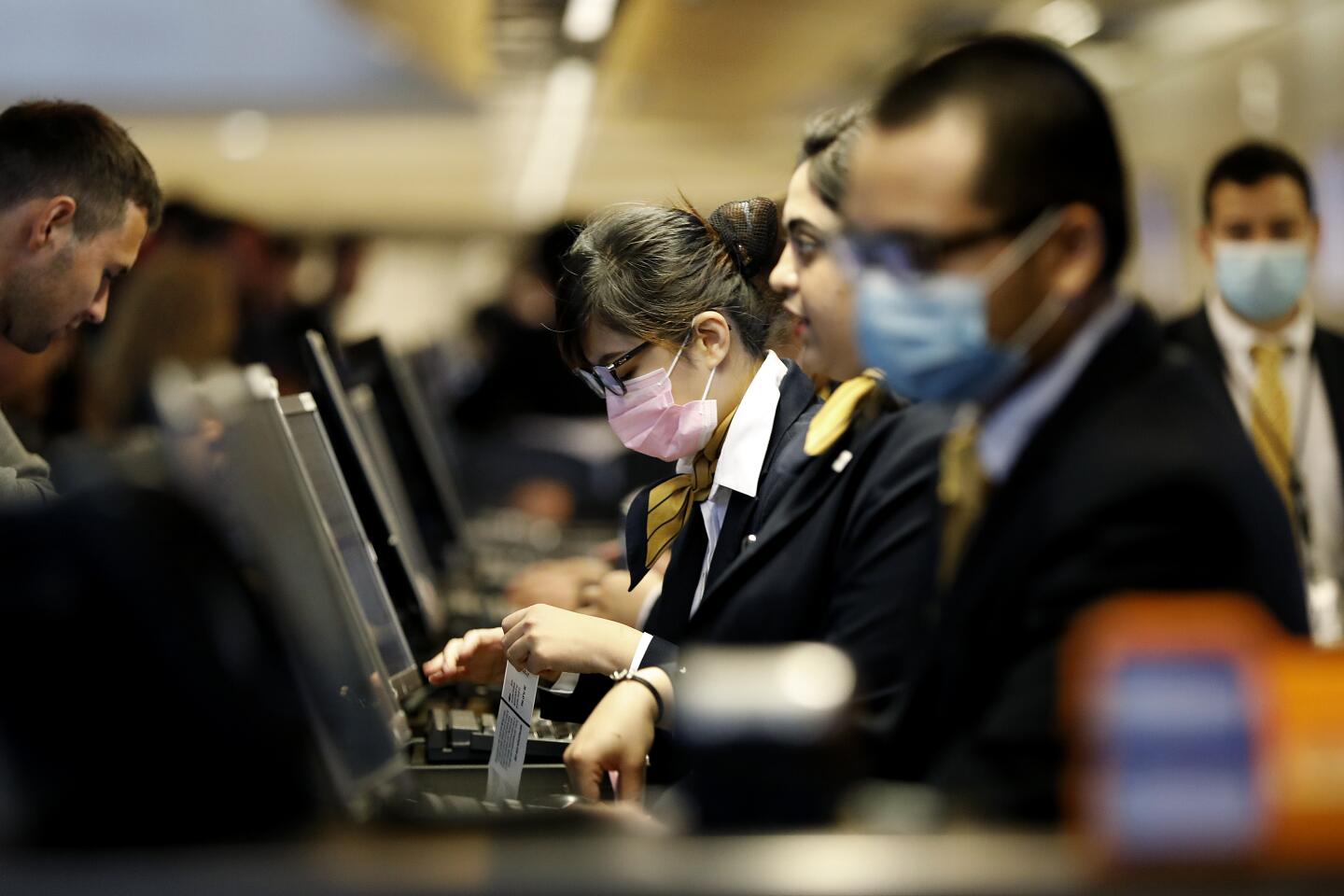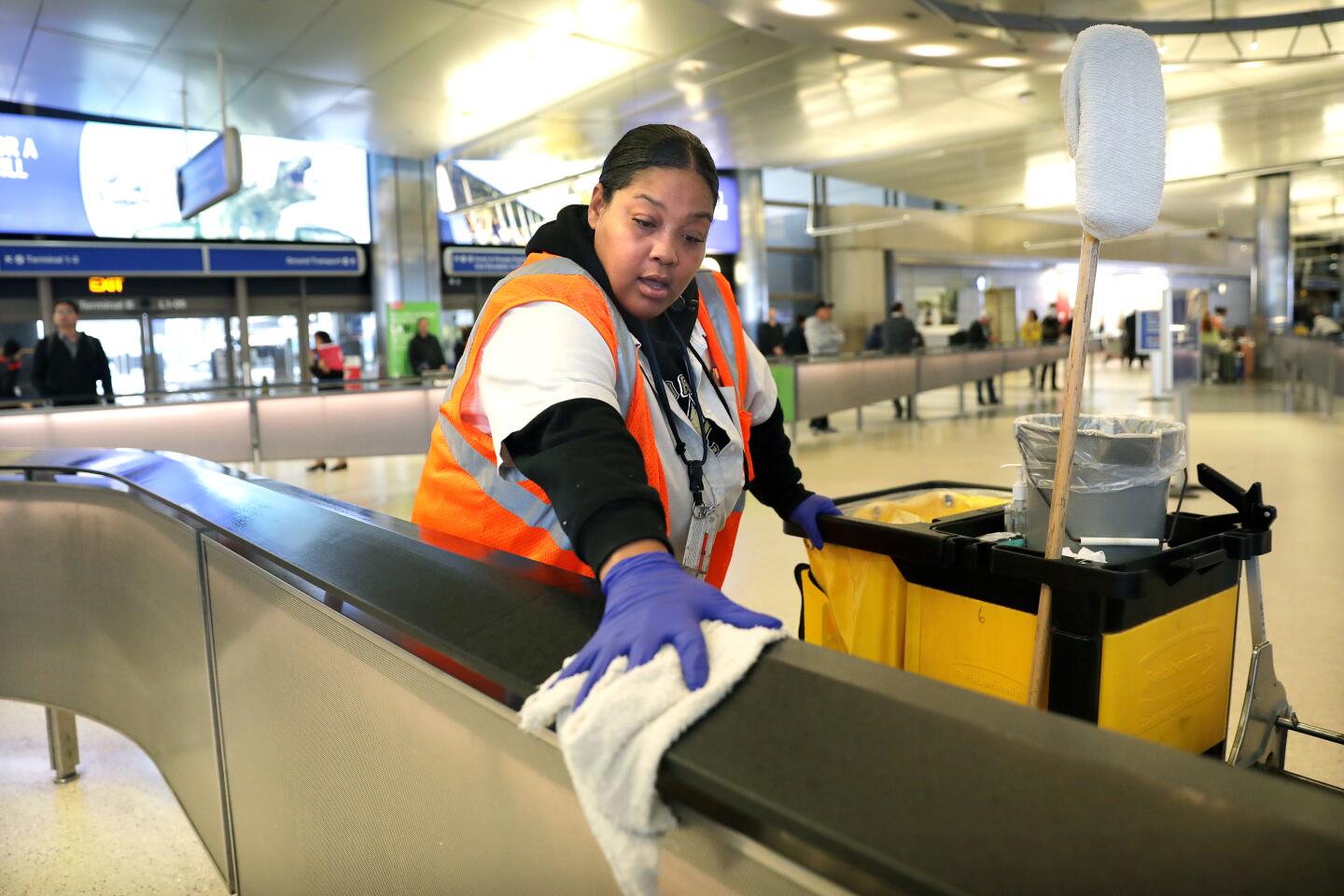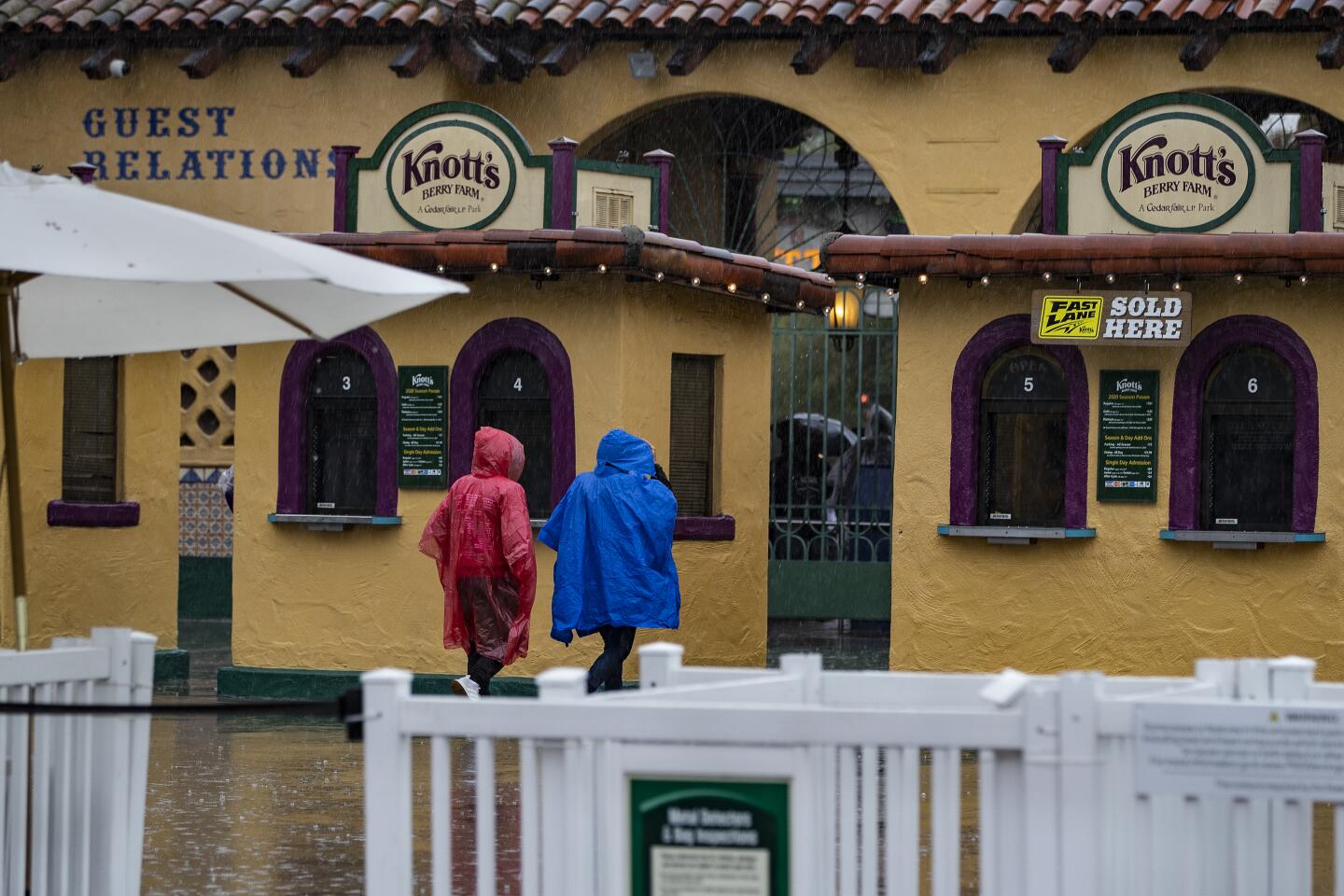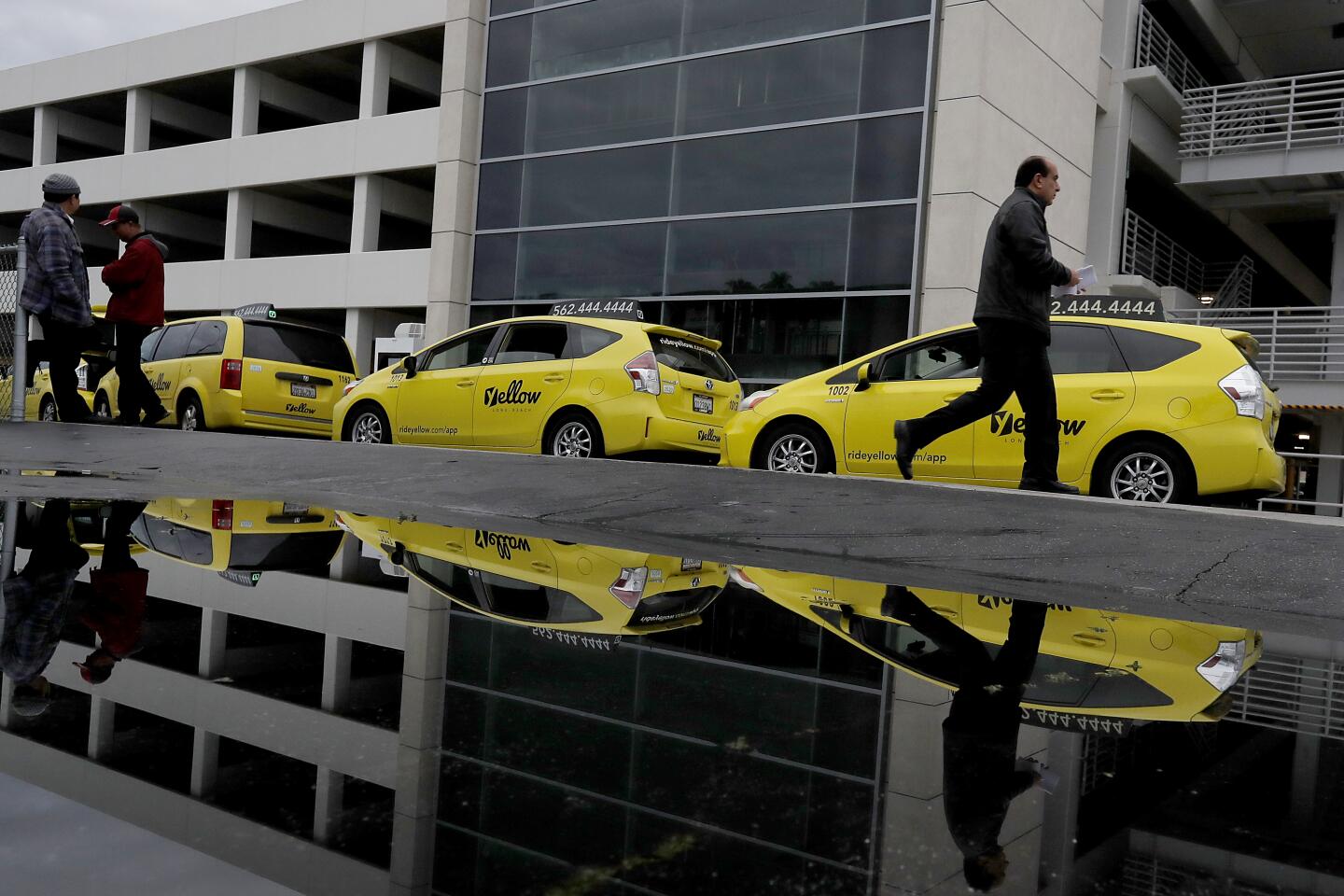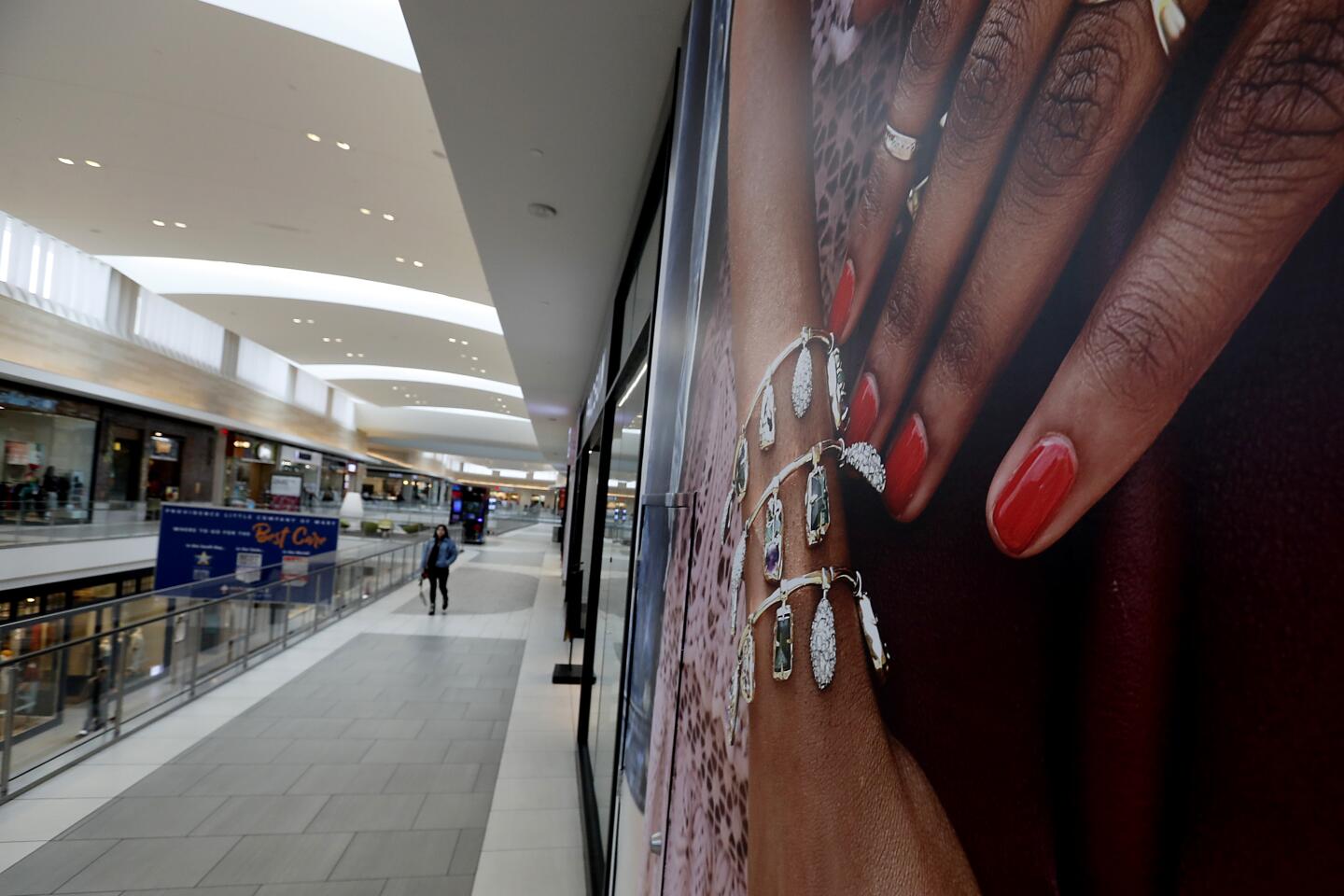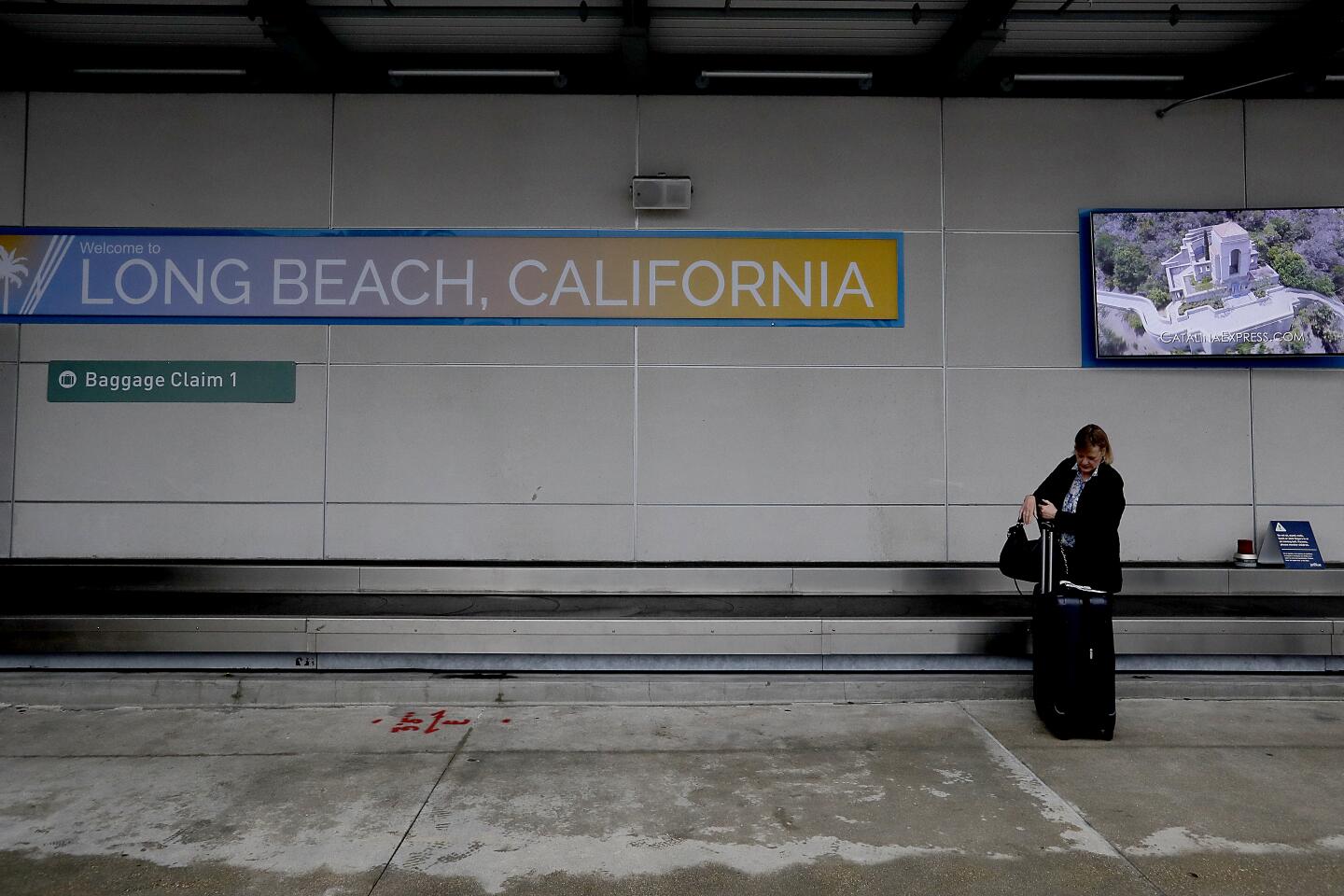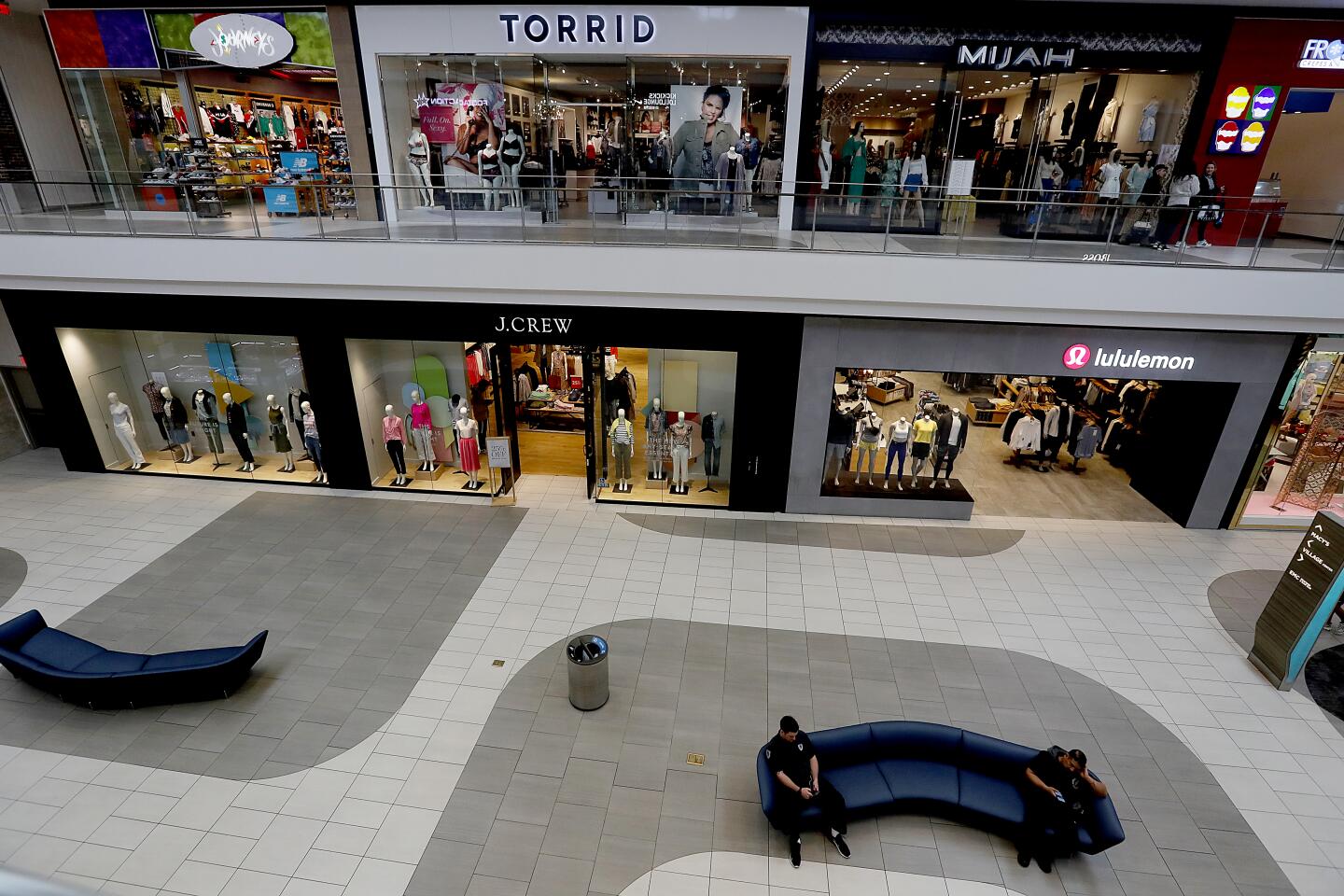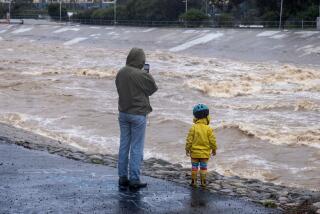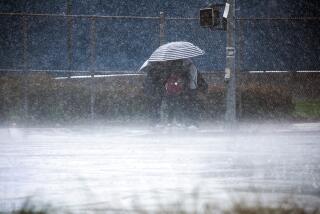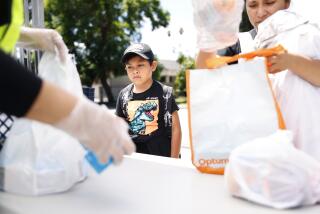Los Angeles Unified district to close all schools
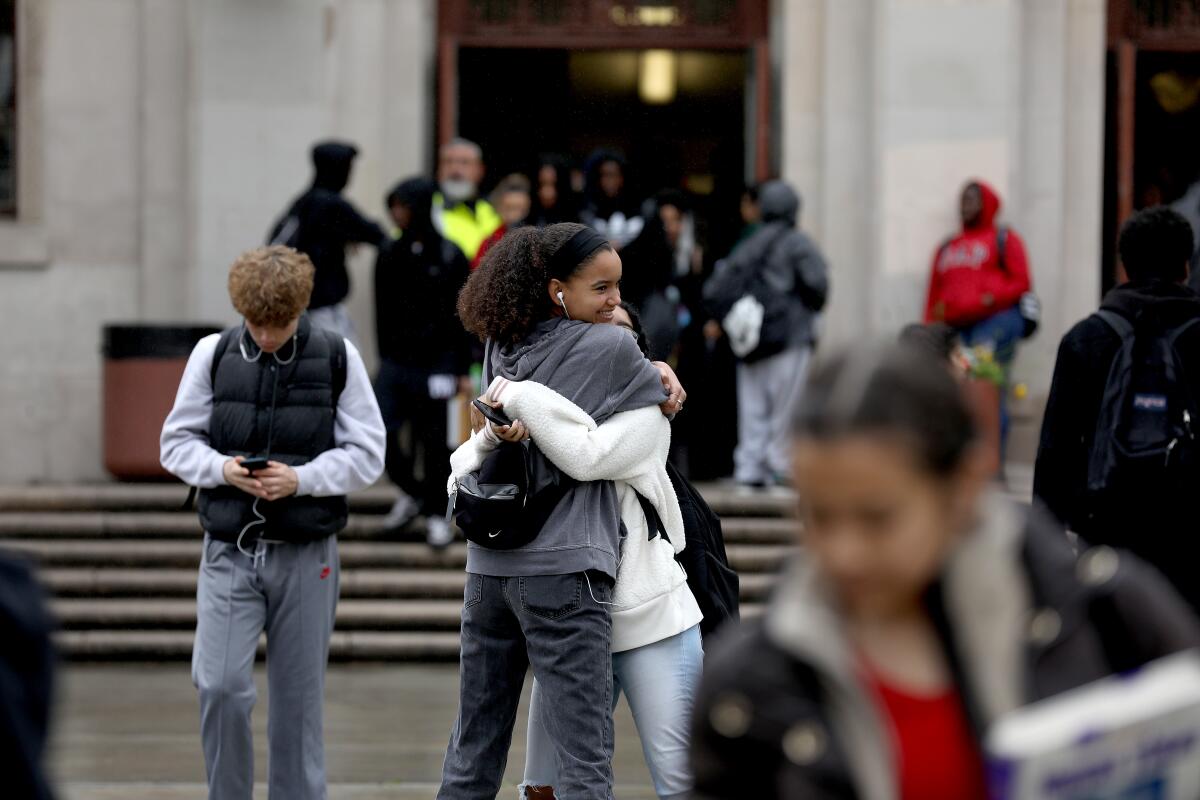
Los Angeles school officials on Friday announced that the nation’s second-largest school system will shut down its 900 campuses serving more than 670,000 students beginning Monday, citing concerns over the rapid spread of the coronavirus and joining an escalating number of districts throughout the state and nation.
The Los Angeles closure is initially scheduled to last two weeks, but a firm reopen date will depend on the status of the outbreak.
For the record:
4:30 p.m. March 15, 2020An earlier version of this article incorrectly identified the school system that jointly announced a shutdown with L.A. Unified. The school system was San Diego Unified, under Supt. Cindy Marten, not the San Diego County Office of Education, under Supt. Paul Gothold.
“The public health crisis created by the coronavirus is not something any of us could’ve reasonably expected to happen and we are in uncharted waters as we work to prevent the spread of the illness,” said L.A. schools Supt. Austin Beutner.
LAUSD’s announcement came as California’s five largest public school districts — including Fresno, Long Beach and San Diego — will pause classes. Although the state Department of Education does not have an exact number, all schools are closed in the counties of Marin, Monterey, Sacramento, Santa Barbara, Santa Clara, Solano and Ventura, affecting more than 2 million students. This comes on top of widespread actions by most state universities, including most of the University of California, to cancel in-person classes and move to online learning.
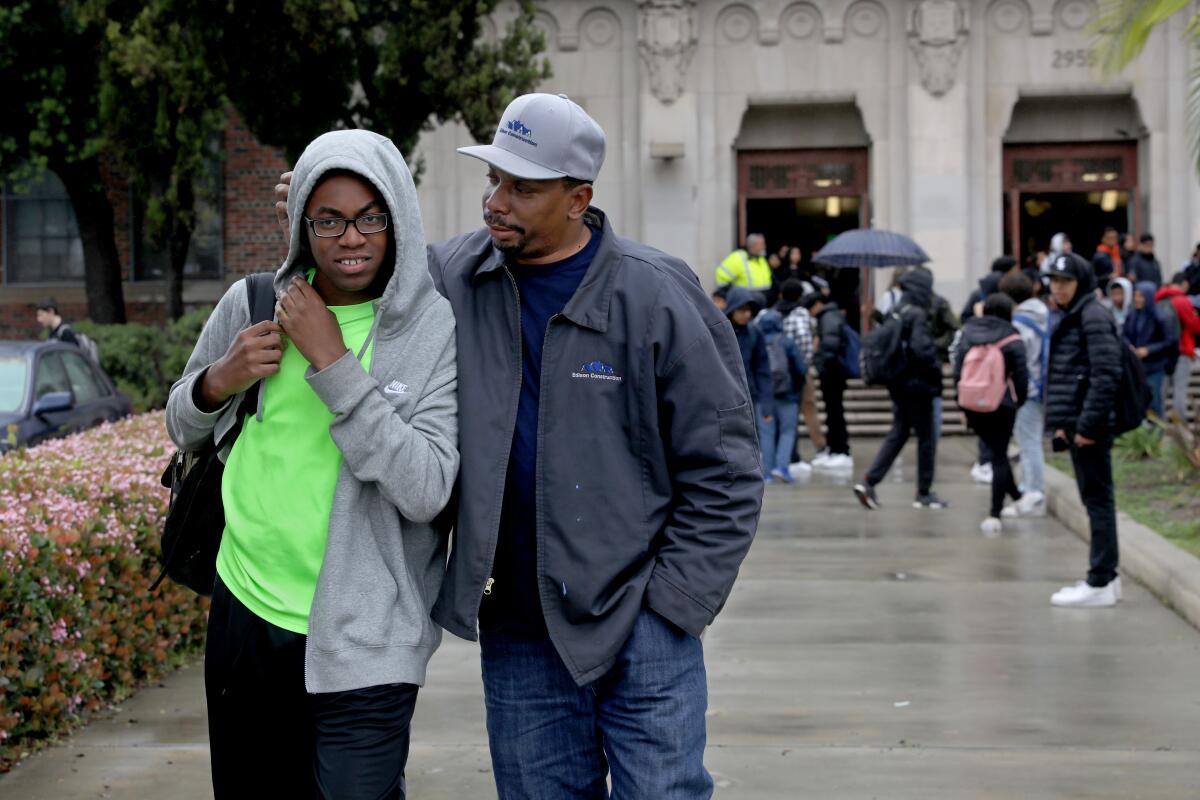
Catholic schools in Los Angeles, Ventura and Santa Barbara counties will close on Tuesday and nearly 75,000 students will shift to remote learning through at least March 31, the Archdiocese of Los Angeles announced.
At least 12 states — Alabama, Illinois, Louisiana, Maryland, Michigan, New Mexico, Ohio, Oregon, Virginia, Washington, West Virginia, and Wisconsin —have ordered all schools closed affecting millions of students nationwide.
Education leaders throughout the country have struggled with the monumental decision to upend the routines of millions of families and seriously disrupt instruction at a critical time of the year, as teachers enter the home-stretch of their curricular programs. Also, children from poor and low-income families receive their weekday breakfast and lunch and, in some cases, dinner on campus. Parents rely on schools to provide childcare while they work — including first-responders, nurses, doctors and other emergency personnel who are likely to be needed to deal with the community medical crisis.
“California has now entered a critical new phase in the fight to stop the spread of the COVID-19 pandemic,” said a joint statement by Beutner and San Diego Unified Supt. Cindy Marten, who also closed her district. “There is evidence the virus is already present in the communities we serve, and our efforts now must be aimed at preventing its spread. We believe closing the state’s two largest school districts will make an important contribution to this effort.”
A key element of the Los Angeles coping strategy will be to open 40 “family resource centers” throughout the vast school system that will open Wednesday. These centers will provide childcare, educational activities and other services. They’ll also provide packaged meals. Beutner said a list of the centers will be provided before Monday.

As a public health precaution, all center visitors will have their temperature taken upon arrival and all students will be directed to wash their hands, Beutner said. The centers will be staffed by district employees on a voluntary basis, who will receive extra pay. The details on how employees will step forward and what they will be paid are the subject of ongoing discussions with district labor groups.
The district plans to provide training for those working at the centers Monday and Tuesday. The facilities will operate from 6 a.m. to 6 p.m. They are likely to be located at schools. Beutner said they will be tied, when possible, to community hubs that already had been identified as part of the district’s effort to decentralize into regional communities of schools.
Beutner said he hoped that local transit agencies would provide free transportation to and from these centers as needed, but nothing has been worked out so far.
In addition, the Los Angeles district will offer televised and online lessons in an attempt to help families. School district employees will continue to be paid, even if not directly involved in working with students.
Some parents reacted to the news of the closures with apprehension.
Crystal Ellis, 34, stood outside of Raymond Elementary School in South Los Angeles on Friday as a light drizzle came down. She held a white package and an iPad that the school asked her to pick up for her 11-year-old son.
“It’s a little bit scary because I don’t know what’s going to happen,” she said.
Nearby, an occasional parent rushed inside to pick up their children.
“Some parents are panicking and coming in to pick up their kids,” she said.
Veteran L.A. school board member and former state lawmaker Jackie Goldberg said that considerations about childcare weighed heavily in their unanimous decision.
Shaking her head as she spoke, Goldberg said the school closures were “probably the most difficult decision any of us on the board have had to make because it affects so many people and it affects so many children and it affects so many people who have jobs that they are fearful of losing if they have childcare issues.”
Teachers union president Alex Caputo-Pearl, who called on the district Thursday night to shut schools said all district leaders faces two “unacceptable alternatives”: keeping schools open during a dangerous public health crisis or closing them despite the lack of a social safety net for children and their families.
“What it shows is that this country, this city, this county does not have ... the practices in place or the structures in place to support young people or workers,” he said.
L.A. Unified had announced on Wednesday that all gatherings of groups would be canceled until further notice — curtailing events such as proms and the state academic decathlon. And sports events would continue, if at all, without spectators.
LAUSD enrolls about half a million students in kindergarten through 12th grade, 80% of whom rely on free or reduced-price lunches and 18,000 of whom are homeless.
A central challenge faced by the district is the continuation of academic work during a shutdown that could last for two weeks or more.
L.A. Unified is trying to address three hurdles: a lack of broadband access for students, a lack of computers at home, and teachers and students who are underprepared to switch to a non-classroom format.
In a Monday letter to Gov. Gavin Newsom, Beutner said that the district has about 330,000 computer devices available for 480,000 K-12 students. The district, Beutner said, would “need an additional 150,000 devices to make sure all students can continue to learn if their schools are closed.”
However, it isn’t clear that all these computers could be sent home with students or that they are the correct devices for the task at hand. An iPad without a keyboard, for example, would work for a student film project, but not so well for an essay.
Beutner has requested $50 million from the state for additional computers, but no immediate relief appears to be in sight. In the meantime, he has authorized the use of $10 million to purchase 50,000 additional devices, which should be available in several days, he said.
Beutner had the power to authorize this purchase, without going through the normal, lengthy bidding process, by virtue of emergency powers granted this week by the Board of Education.
In the meantime, the plan was for schools to distribute computer devices Friday for students who need them. This step — allowing potentially tens of thousands of students to take home district computers on short notice for an extended period — is unprecedented for L.A. Unified. Students could face problems using them and keeping them secure.
But having computers is only part of the challenge. Many families lack the broadband access needed to connect online to lessons and assignments. Beutner on Monday wrote to local carriers requesting that they place free hotspots in low-income communities.
Charter Communications announced that, beginning Monday, it will offer 60 days of free Spectrum broadband and Wi-Fi access to households with K-12 or college students who do not already have a Spectrum broadband subscription. Installation fees will be waived for these households, the company said in a news release.
The company also plans to open Wi-Fi hotspots across its footprint for public use, as of Monday.
Adela Hernandez, 35, watched Friday as the washer at a laundromat spun around, wondering how she and her husband would manage their 10-year-old son’s education without internet at home. He attends West Vernon Elementary school without internet at home.
“Maybe I’ll ask the neighbor if they can give us access,” she said. “I’ll have to maybe pay her.”
Times were already getting hard. Hernandez said she’s bringing in less money at home because her hours at work were cut down.
“I was working five days out of the week, now just three,” she said.
It is unclear how prepared teachers and students are for the transition.
Beutner said every school has asked teachers to prepare two weeks of instruction that students can continue at home.
Every student has an online account through which teachers can assign work and students can turn it in. Some teachers make better use of this resource than others. Self-contained online courses also will be available, but have mainly been used by high school students to pass required courses that they previously failed.
In a move that was both resourceful and desperate, Beutner entered into a partnership with PBS SoCal/KCET to provide educational programming on three local public television stations. The KCET channel will offer high school level programming. KLCS — which is operated by L.A. Unified — will offer content for grades 3 through 8. And the PBS SoCal channel will manage preschool through grade 2.
Beutner said the service is available to other school systems as needed and he welcomed their collaboration to make it better.
Disaster planning is going on in schools and school districts across the state and county.
Las Virgenes Unified, for example, will close for two days next week for “staff in-service time to prepare for the likelihood of a districtwide closure,” the district’s Supt. Dan Stepenosky said in a letter to families Thursday.
The Santa Monica-Malibu district is closed Friday and Monday for a deep cleaning and staff meetings after “a community member with children in our schools” was exposed to coronavirus, according to a Thursday afternoon release from Supt. Ben Drati. No decision has been made on whether schools will reopen Tuesday.
““This allows us time to consult with our local agencies and consider the status of this health emergency in L.A. County and the communities we serve,” Drati said.”Staff and teachers will prepare for possible school closures next week.”
Jenna Schwartz, 41, of Valley Village, pulled her two children out of school on Thursday, because she believed school closure was imminent and wanted to prepare.
Last year, during the LAUSD teacher’s strike, Schwartz started the Facebook group “Parents Supporting Teachers,” that has since grown to more than 23,000 members. In recent days, it has become a sounding board for parents concerned about school closures.
The strike helped ready parents for the possibility that schools might shutter, but Schwartz said, this time is very different.
During the strike, many parents took their children to parks and museums and organized play dates, Schwartz said. But it’s not the same with large gatherings canceled and people practicing social distancing.
“This is actually being at home,” she said. “I think this is going to be really challenging for people. It’s going to be challenging to not sort of be like, ‘fine watch TV.’”
As a stay-at-home mom, Schwartz said, she knows she has it easier than some parents, so she’s grateful that the district will provide child care centers to help parents who have to work.
Yesterday, she and her children inventoried their refrigerator, to stock up on food for the coming weeks. And on Friday, they set up a school room at home — the kids made their own desks from folding tables, and spent part of the morning searching cookbooks, picking out meals for the family as they hunker down.
In the afternoon, Schwartz said she would be going to her children’s schools to pick up their assignments.
After that, she said, “we’re planning ideally to not leave the house anymore.”
More to Read
Sign up for Essential California
The most important California stories and recommendations in your inbox every morning.
You may occasionally receive promotional content from the Los Angeles Times.
